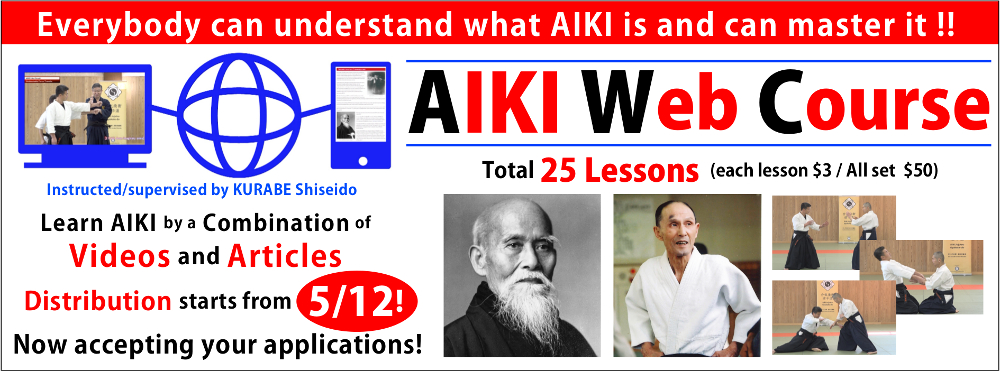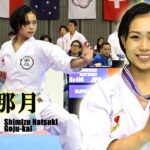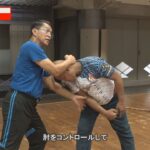What is KUDEN?
Since many Bujutsu (fighting systems) were established in Japan, teachers have used KUDEN to transfer the special deep knowledge to their selected students, such as their successors. The Japanese word KUDEN is translated as “verbally transferred knowledge”. For every RYUHA (style) they had special knowledge for almost all techniques and they did not leave this knowledge in writing to keep this knowledge confidential. The teachers taught this knowledge verbally, only to the selected students whom they thought they could trust. In this way they tried to keep the purity of their RYUHA and transfer it to future generation.
No. 5 Ryote Tori Kote Fudo (両手取り小手不動): Two-Hand Grab Wrist Control
This is quite a popular technique and can be found in almost all Jujutsu styles. This time I will explain how to perform this technique using three different systems: A. by Jujutsu; B. by Aiki Jujutsu; and C. by Aiki Jutsu. I notice that outside of Japan, people tend to use the terms “Aiki Jujutsu” and “Aiki Jutsu” interchangeably, without knowing, nor understanding the differences of each system, and simply use the names because they sound nice. I really regret that such questionable behaviour has been spreading all over the world.
A. By Jujutsu
1)D (defender) raises both arms straight up.
2) A (attacker) grasps A’s wrists with both hands (JUN TORI).
3) D bends both hands downward in the same plane, as sharply as possible.
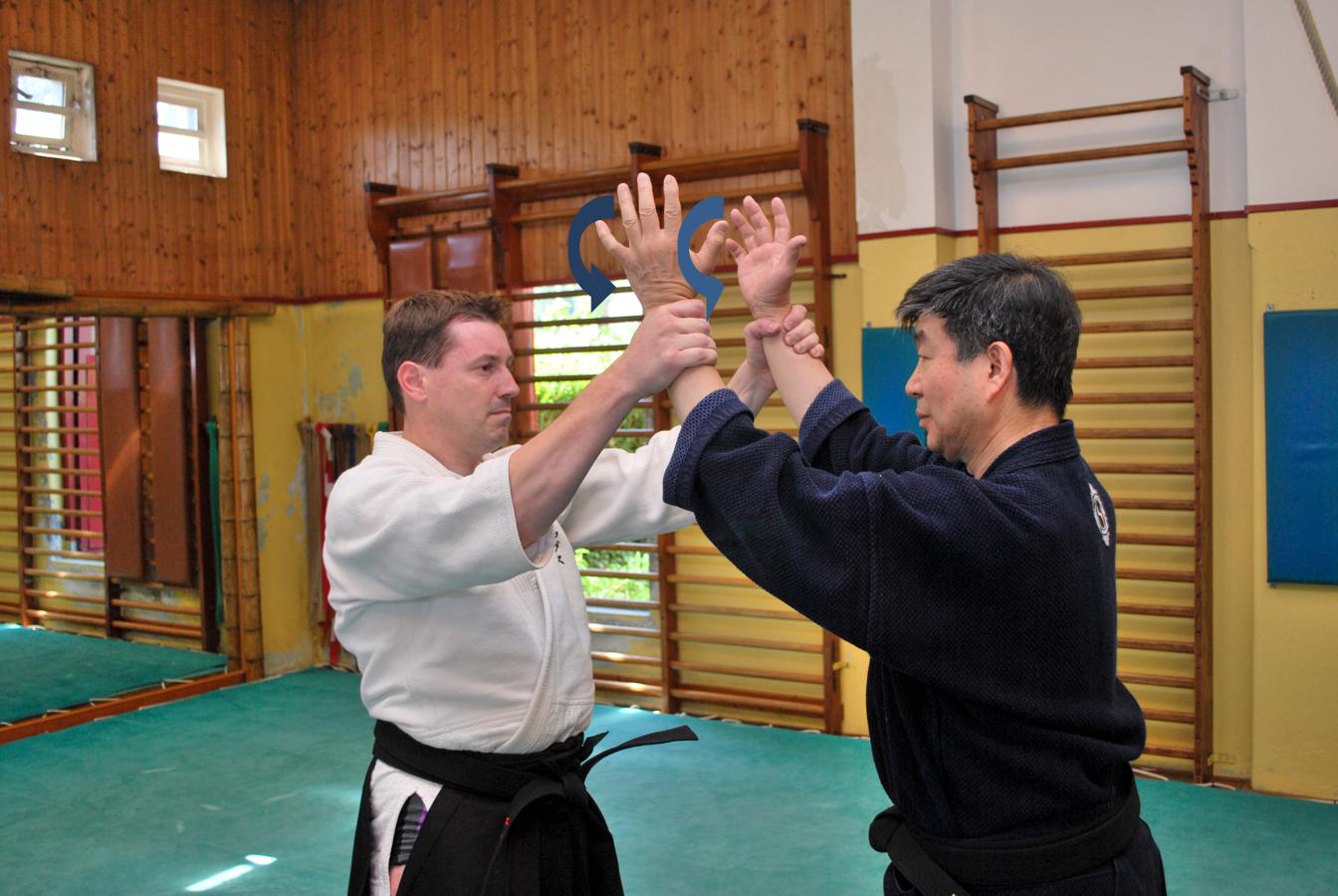
4) D pulls down both elbows close to his body.
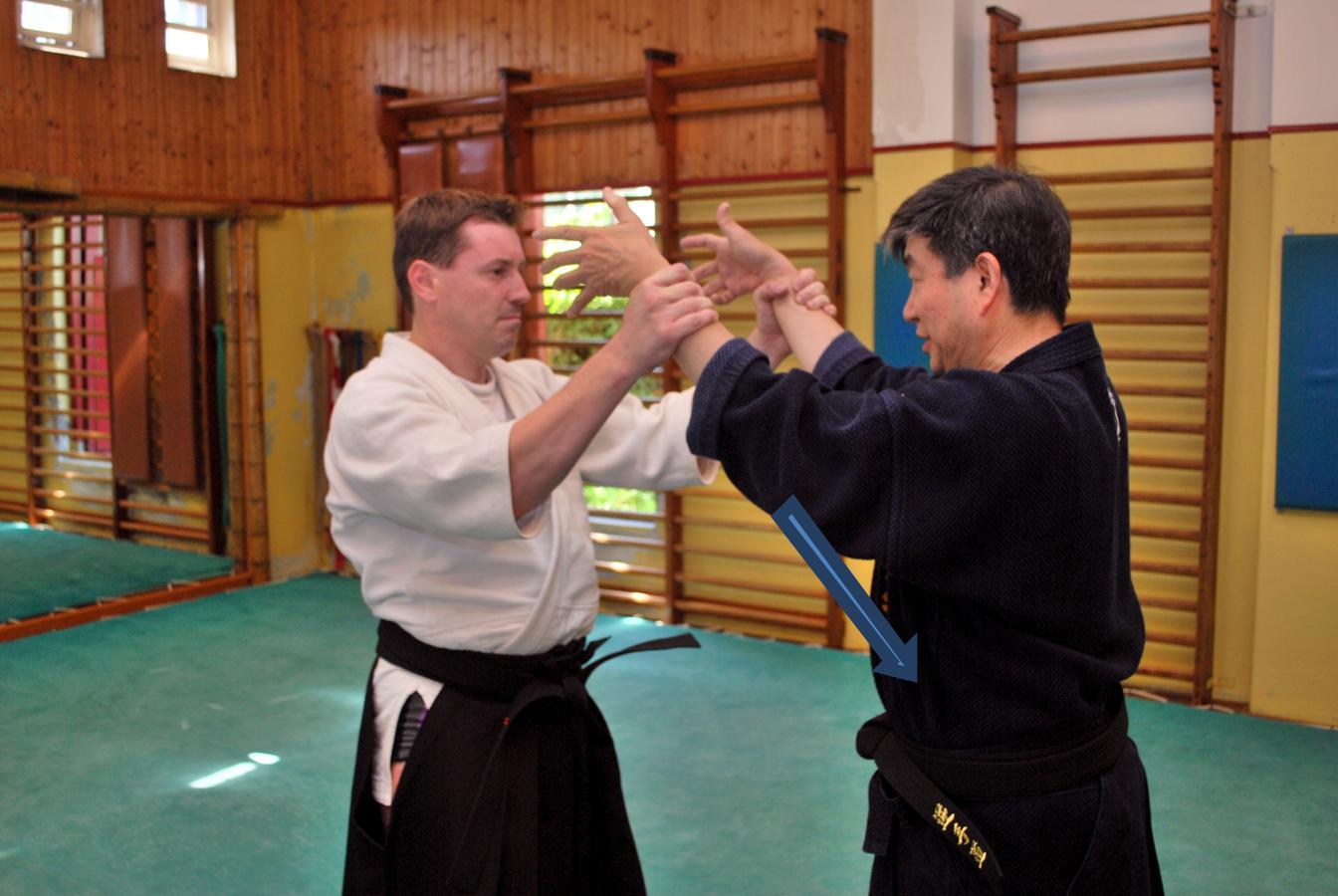
5) A cannot resist being pulled down and sinks to his knees, controlled by A’s hands (FUDO).
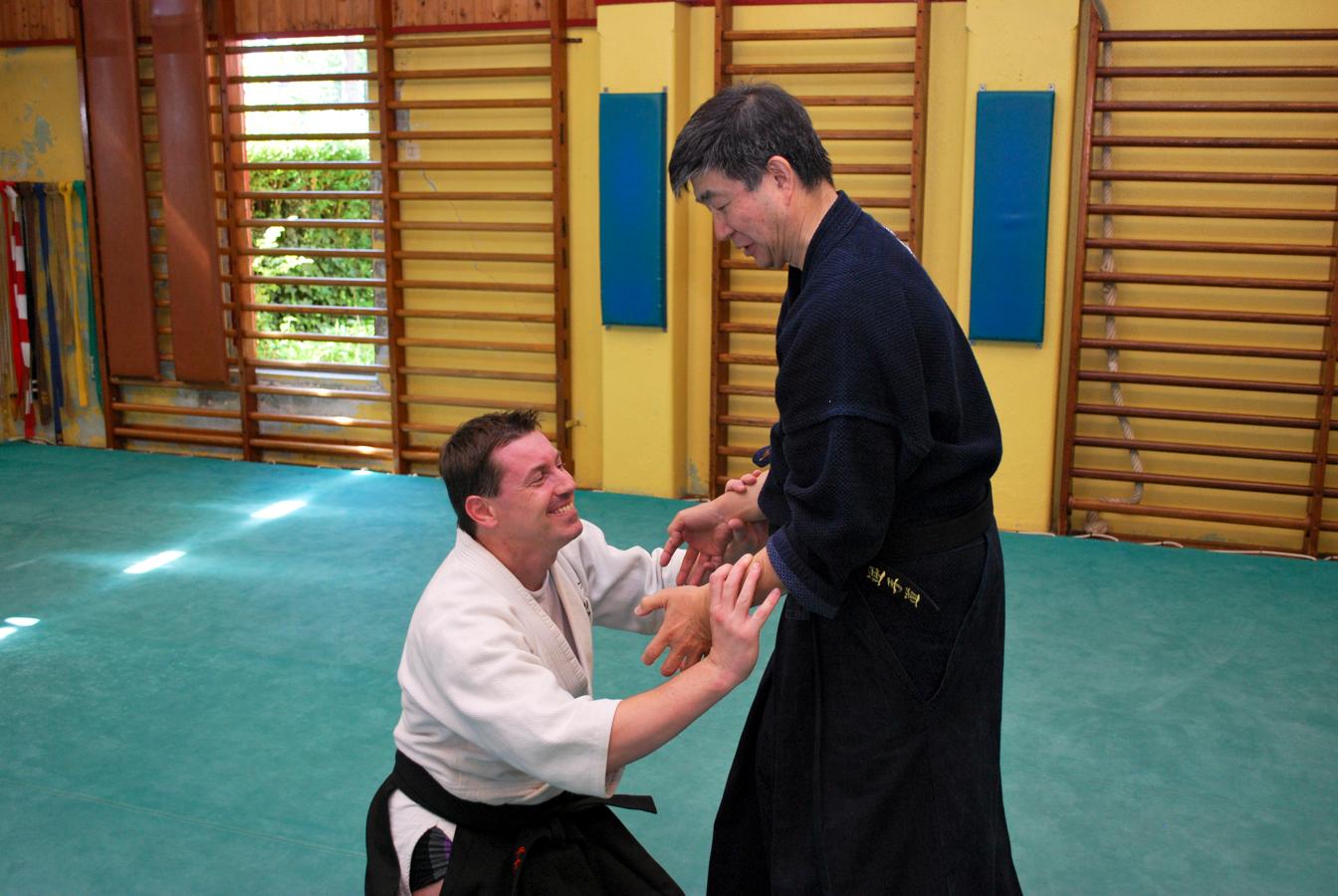
The know-how of this JUJUTSU technique is to bend both hands in the same plane of the arms, in other words, parallel to the arms (as sharply as possible) to place enough stress on B’s gripping hands and lower arms. And D pulls down his elbows close to his body instead of pulling down his hands.
A.By Aiki Jujutsu
1) D raises both arms straight up.
2) A grasps A’s wrists with both hands (JUN TORI).
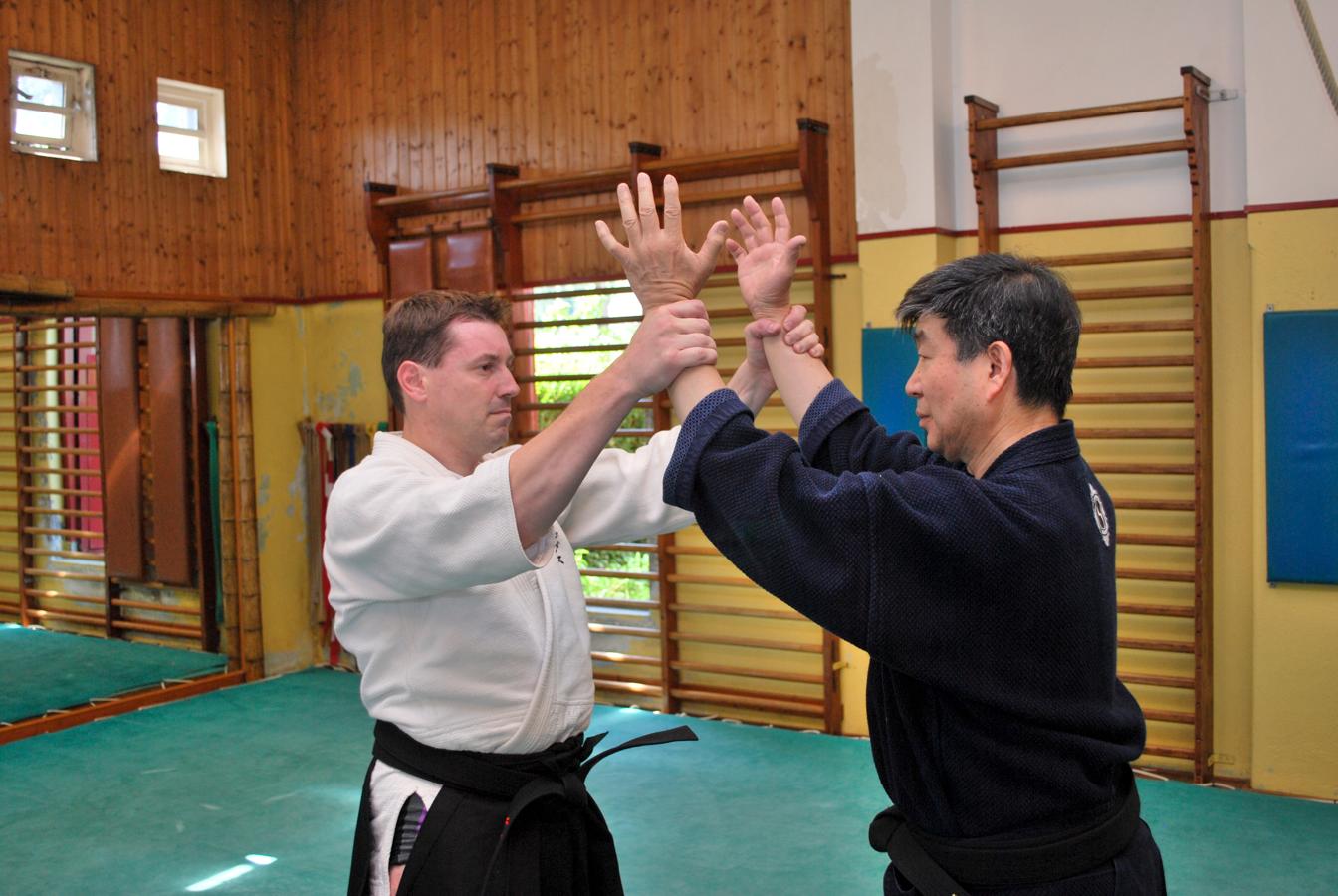
3) D opens both hands and rotates them in the same plane around the tip of the smallest finger (the pinky).
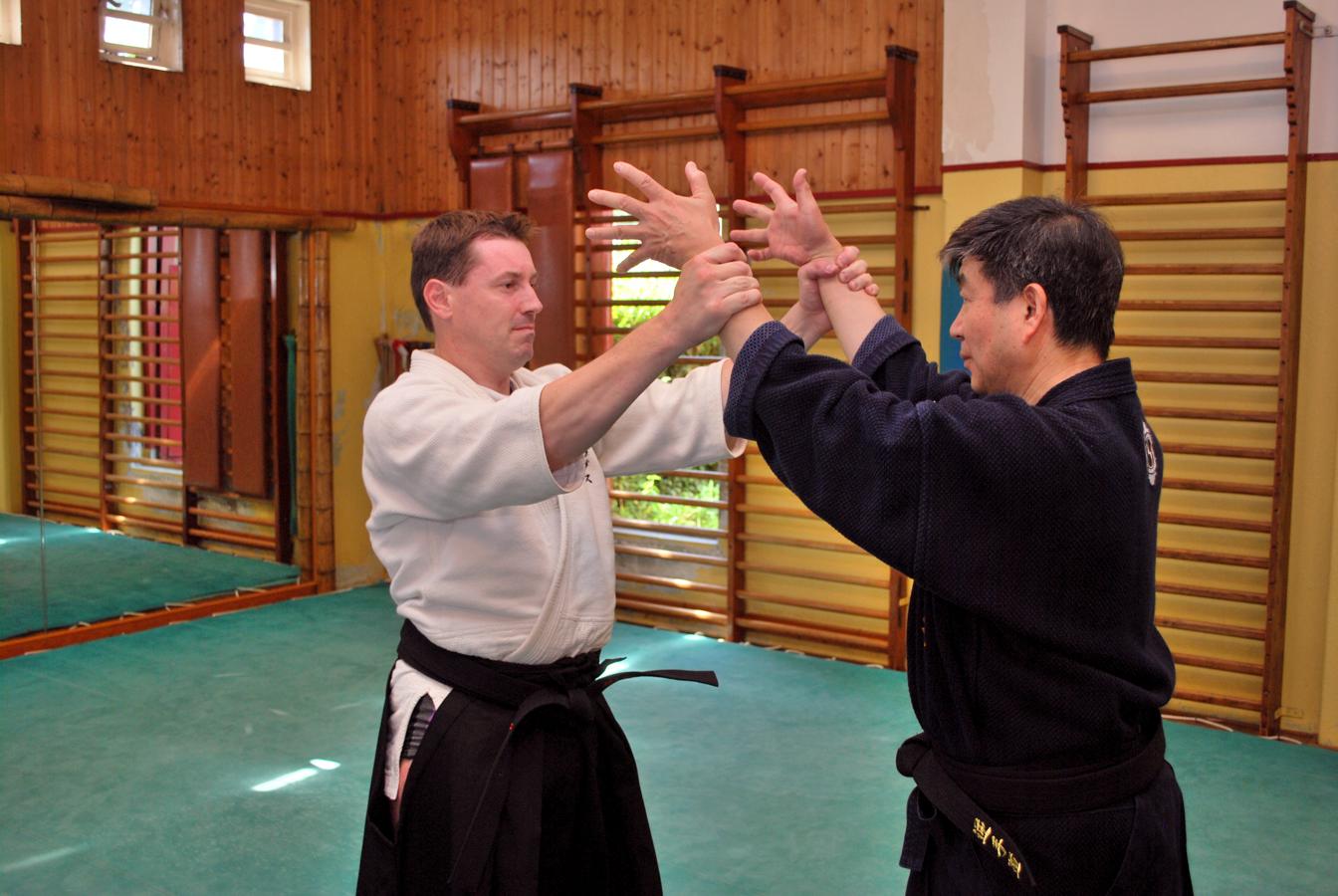
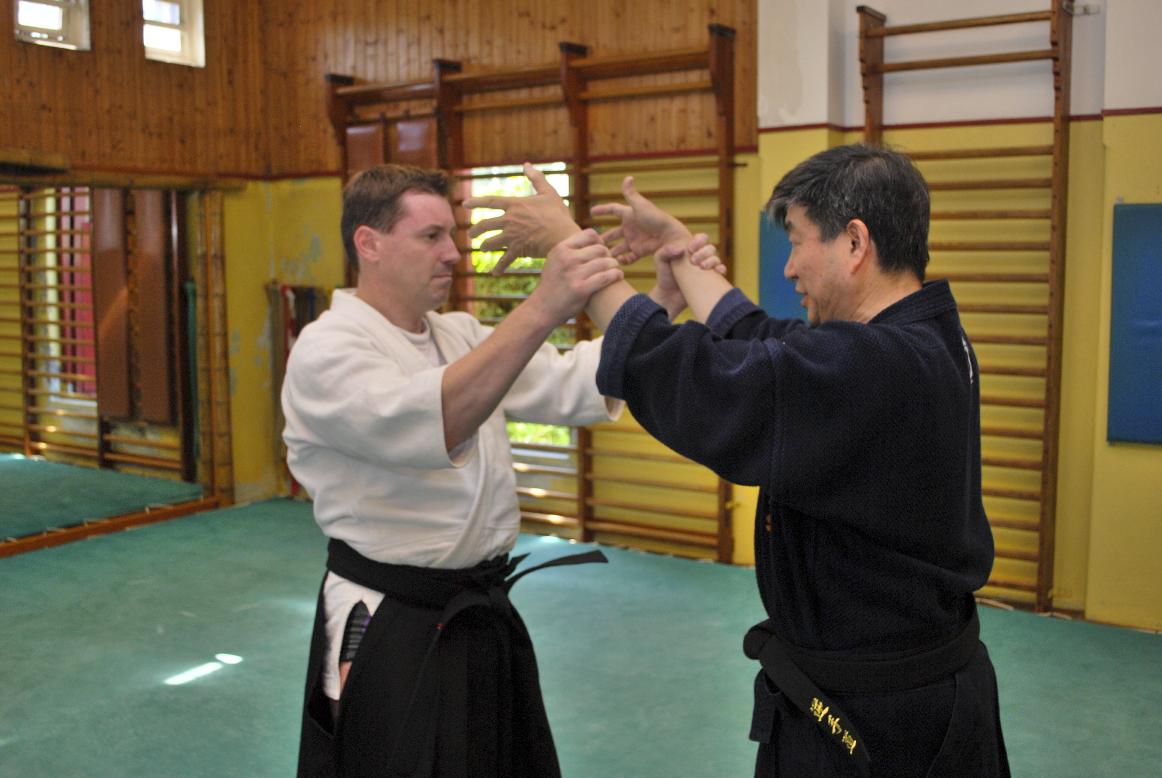
4) A cannot resist the turning motion and sinks to his knees, controlled by A’s hands (FUDO).
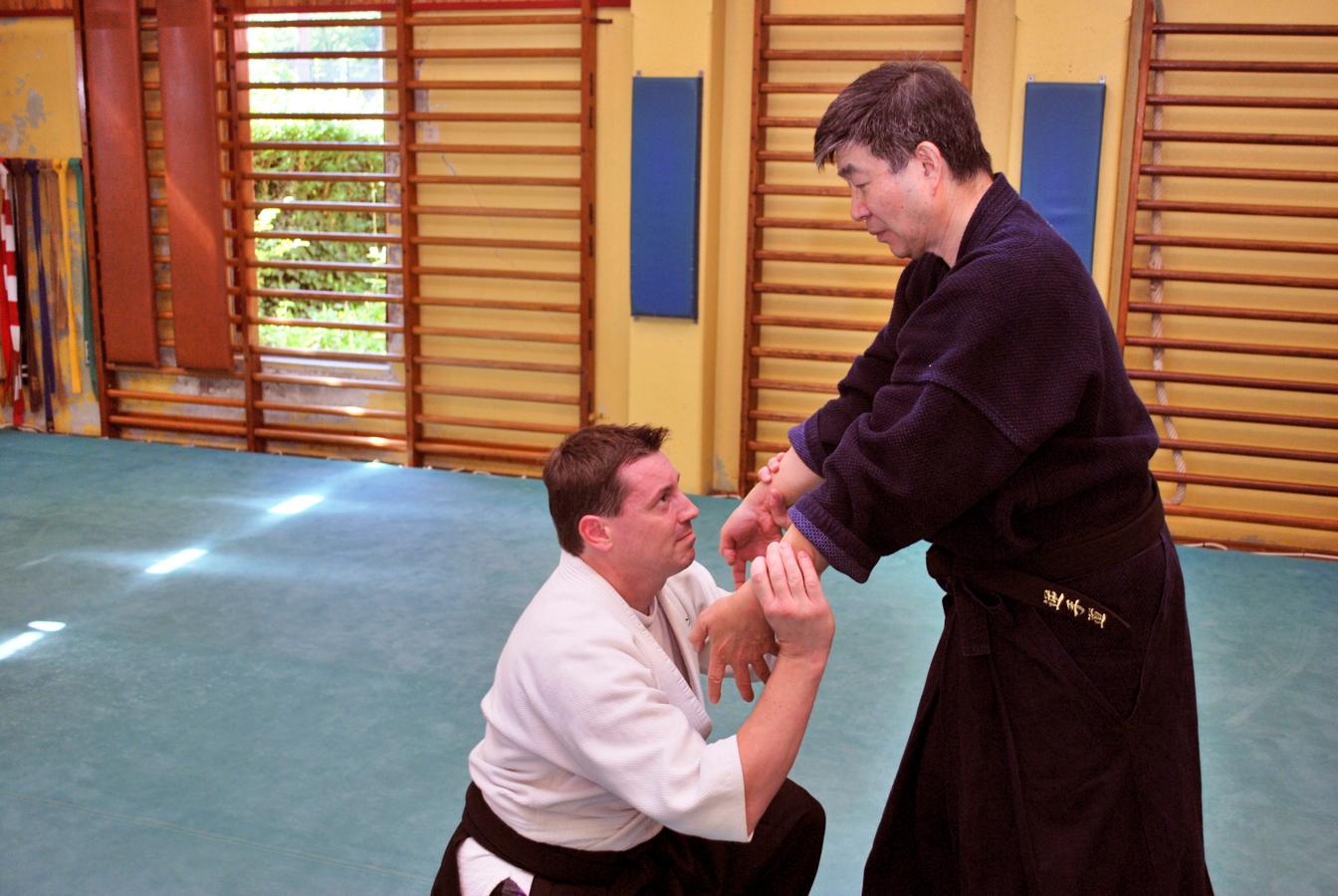
This shows the way of rotation.
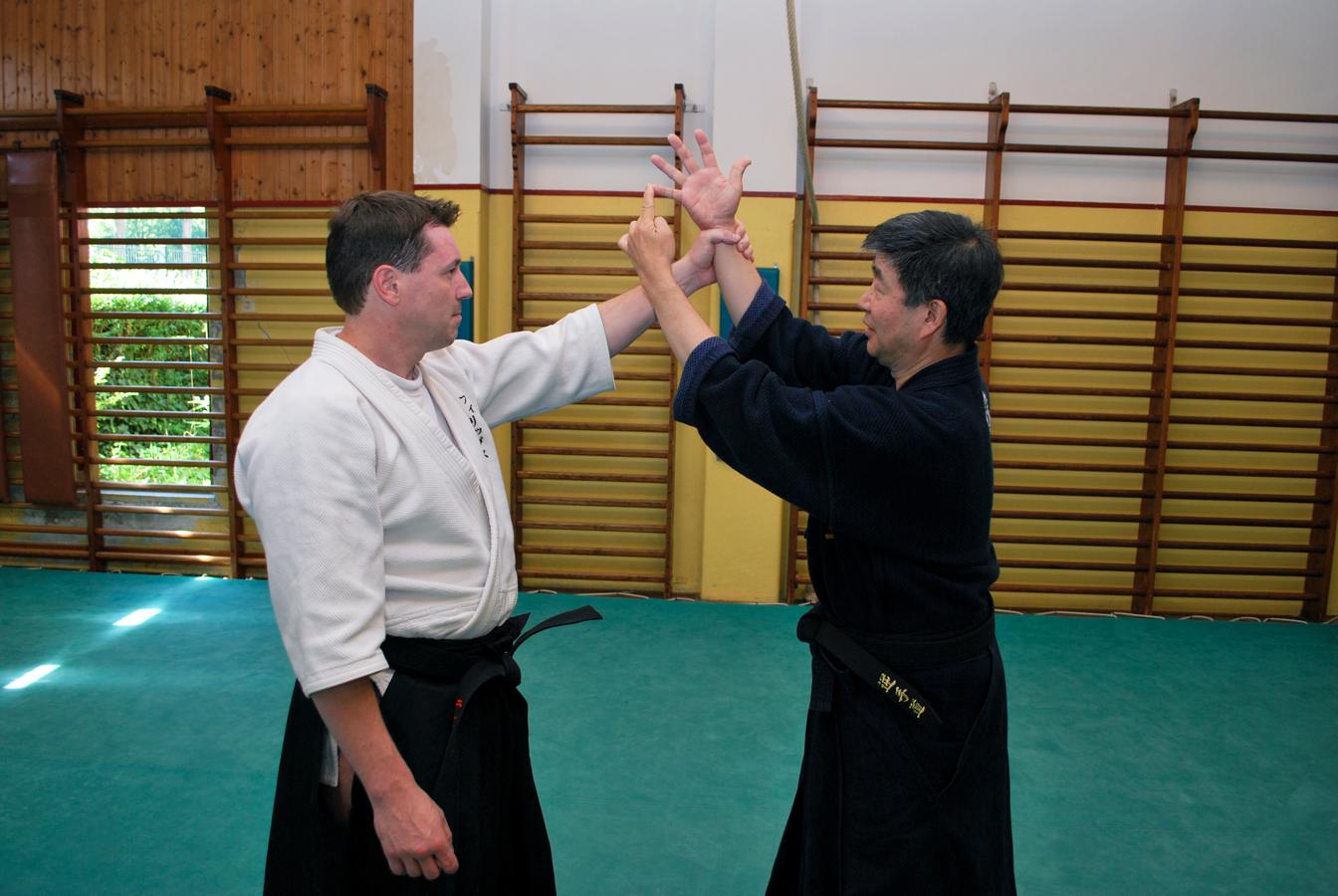
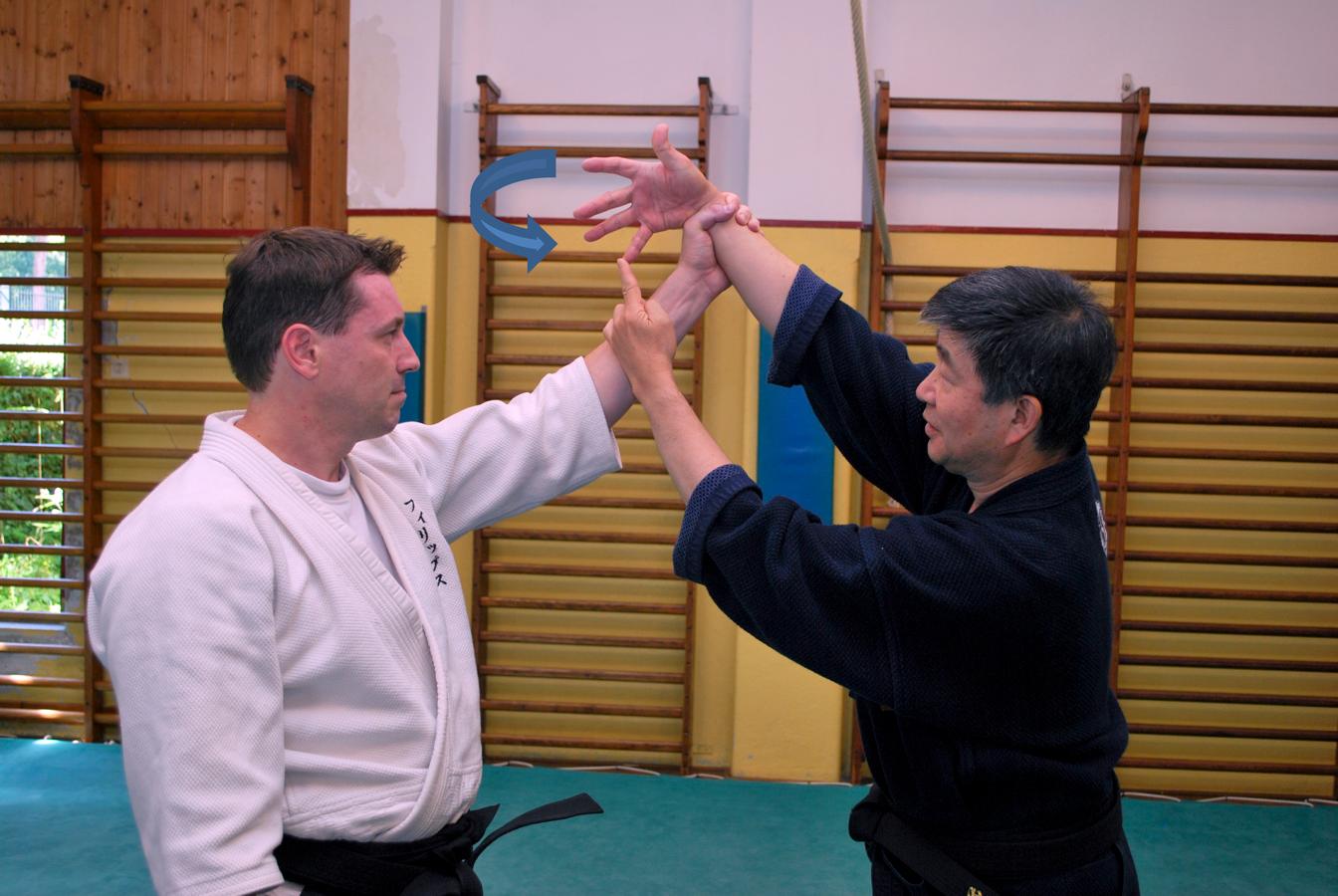 Use the tip of the smallest finger as the center of rotation and keep it in the same position while rotating the hand.
Use the tip of the smallest finger as the center of rotation and keep it in the same position while rotating the hand.
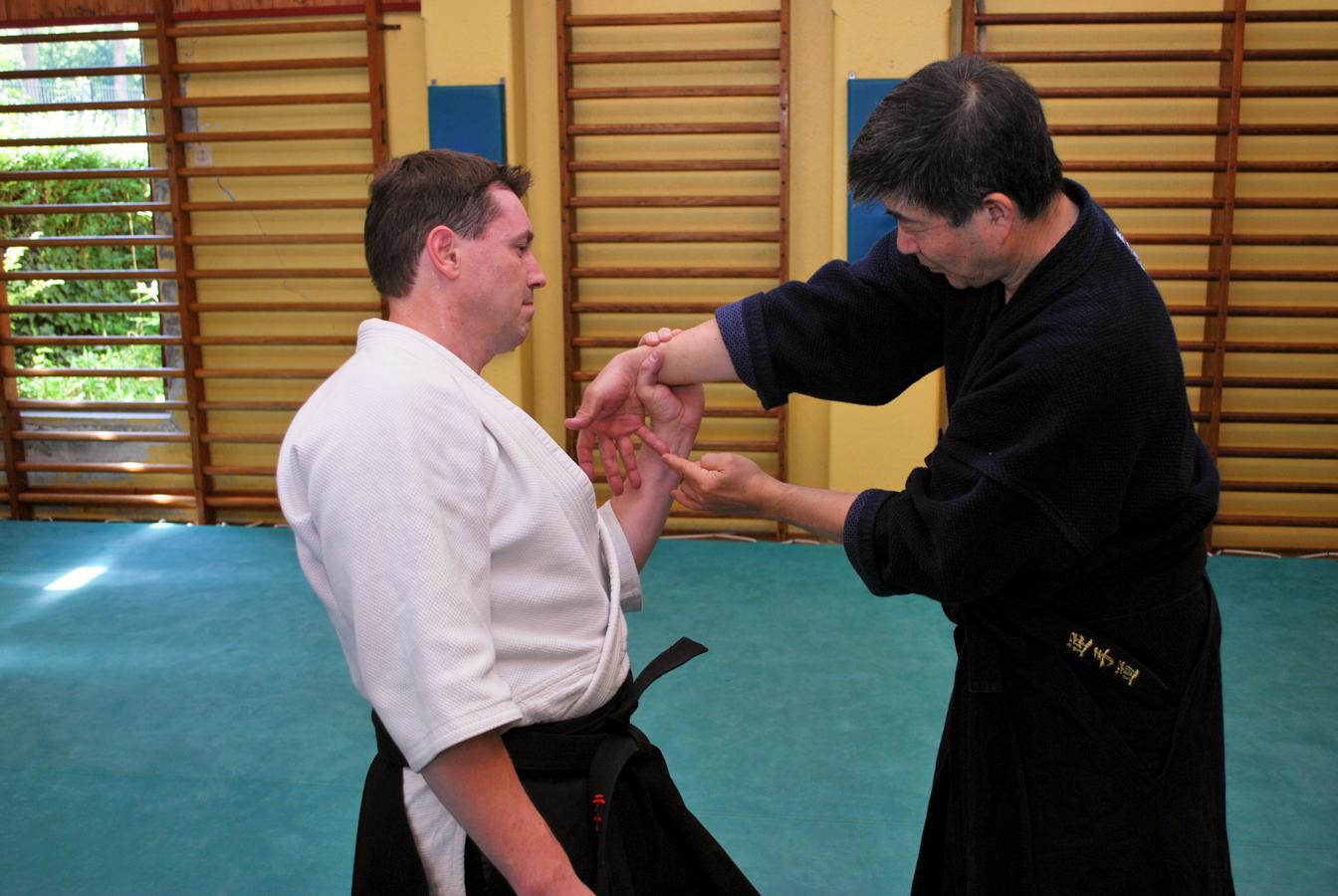
This looks similar to the JUJUTSU technique, but the required power is around half to one-third. With Jujutsu, you really need to bring your elbows close to your body and use elbow motion, rather than your hands to unbalance A. However, the AIKI JUJUTSU technique uses a “virtual fulcrum in the air.” When you rotate your hand in a vertical plane around this imaginary point, the person grasping your wrists cannot resist the circular motion, and his hands becomes completely locked. In AIKI JUJUTSU, you do not need to pull your elbows close to your body as in the Jujutsu method.
Additional Know-How
If the other person is taller than you, or if you have difficulty rotating your hands enough, then try stepping backwards. It lowers the height of your hands and makes the rotation easier and larger with the additional body movement.
B.By Aiki Jutsu
By using AIKI JUTSU you can move your grasped arms down with 1/10 of the power that is required in the case of Jujutsu.
1) D moves down his grasped arms without putting power into either of his wrists where A is grasping.
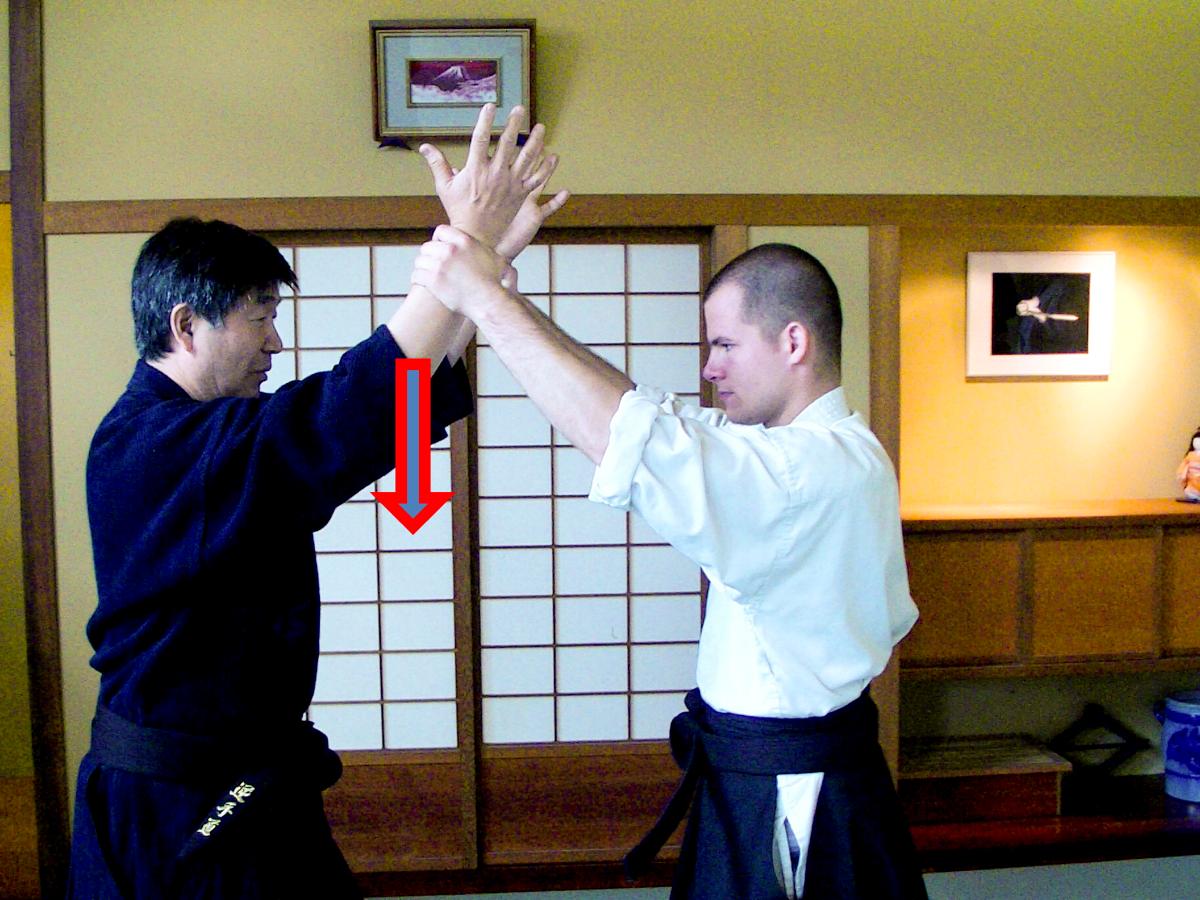
2) At this point D feels stuck because he feels A’s blocking power
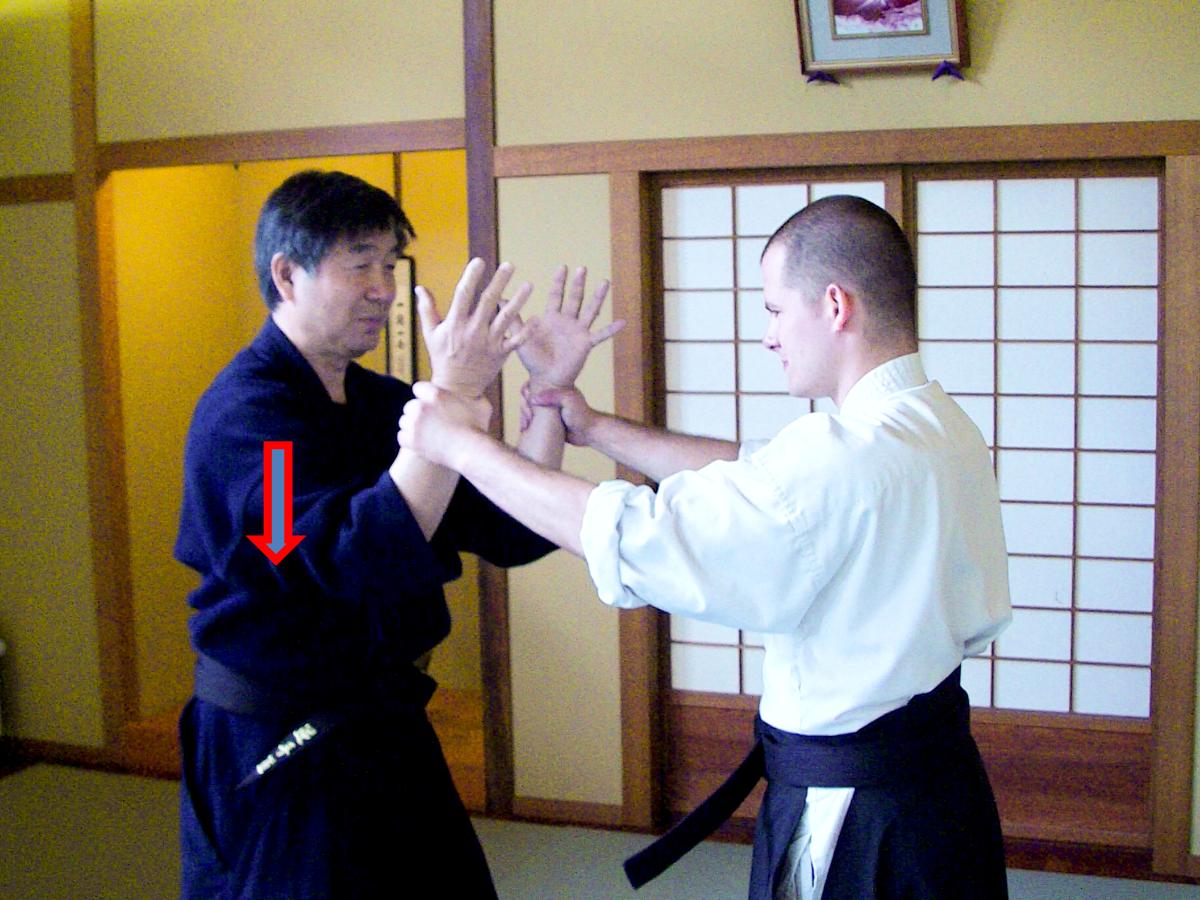
3)D continues moving down both of his arms with special intention not to put power into his wrists. A cannot resist this movement and kneels down on the floor.
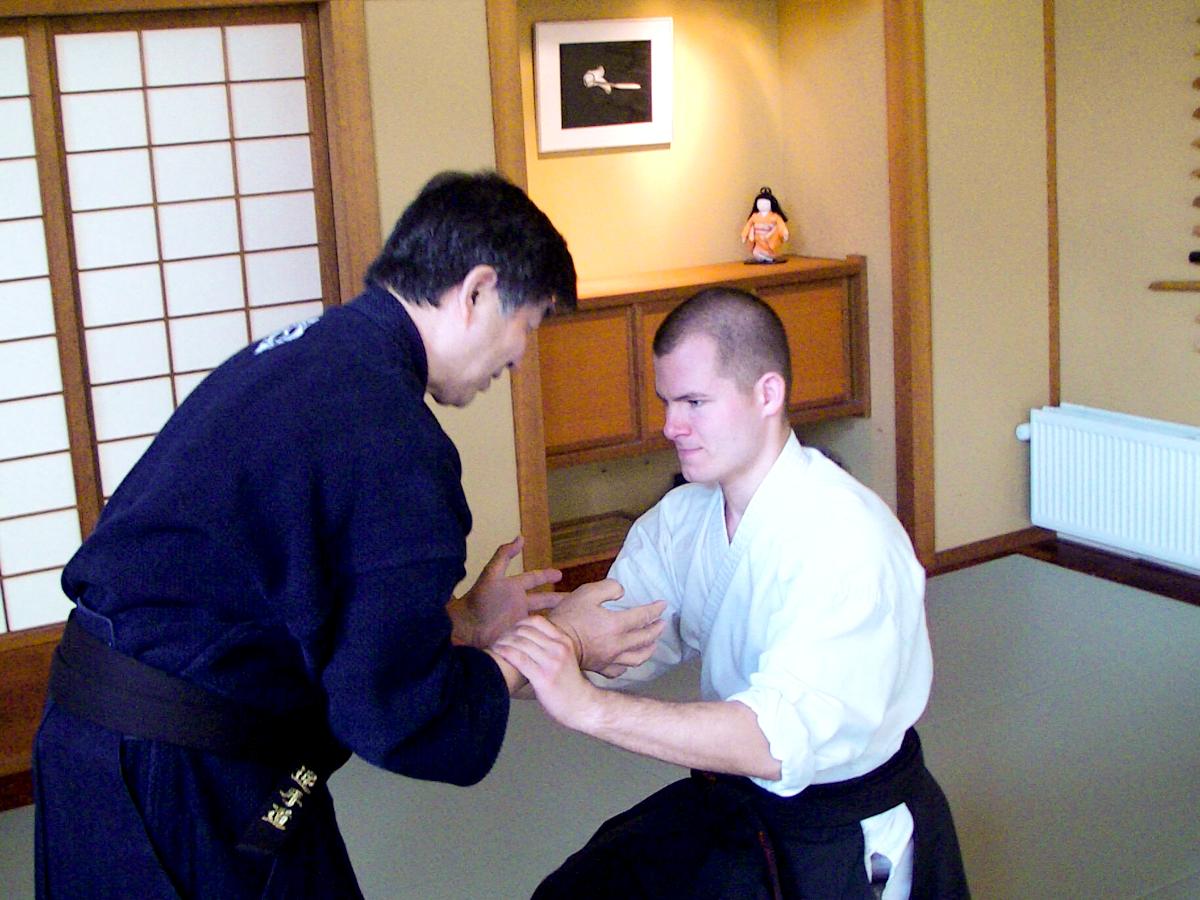
Here D uses AIKI Method-1, or “undetectable power transfer” to move down his grasped arms. He concentrates his intention to assume that his arms are not actually grasped but free, then he can move down both arms without being blocked by A (as shown below photos).
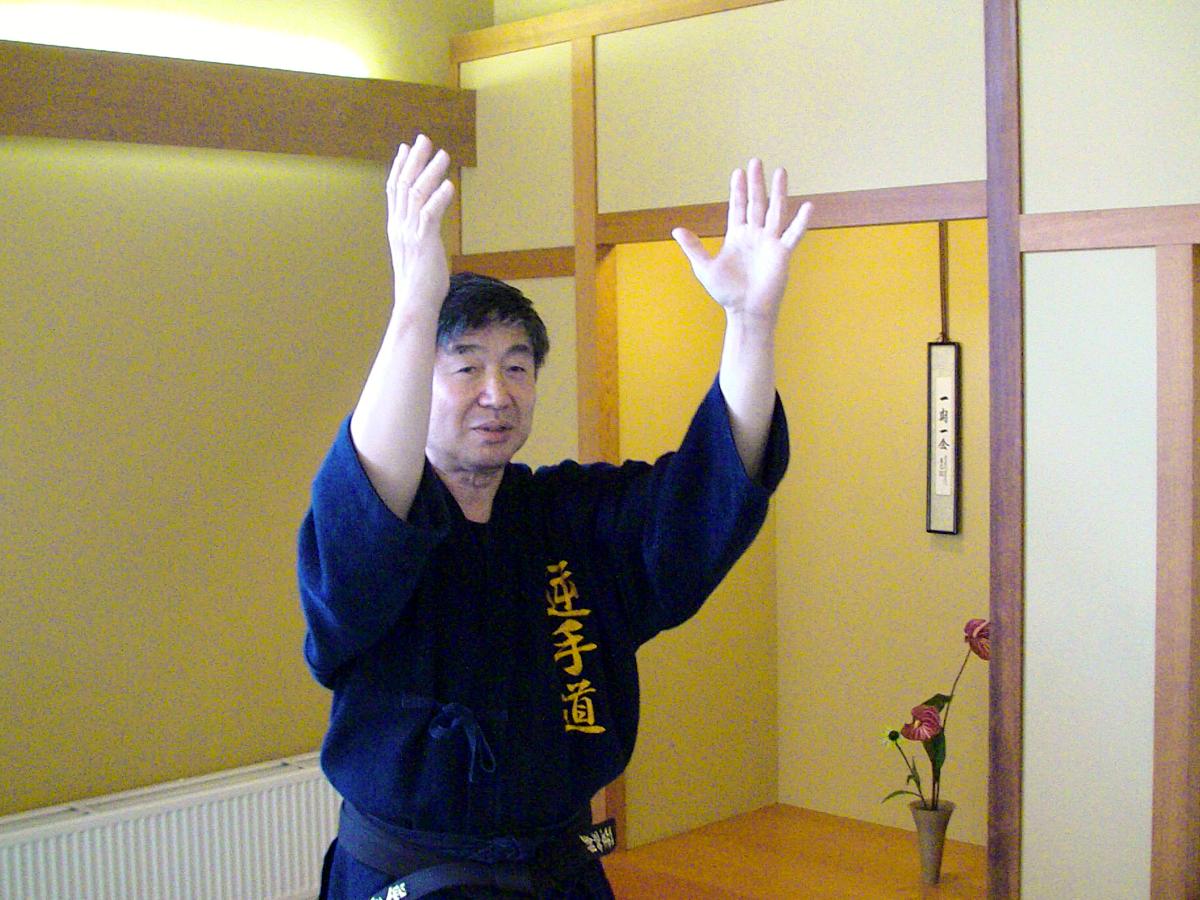
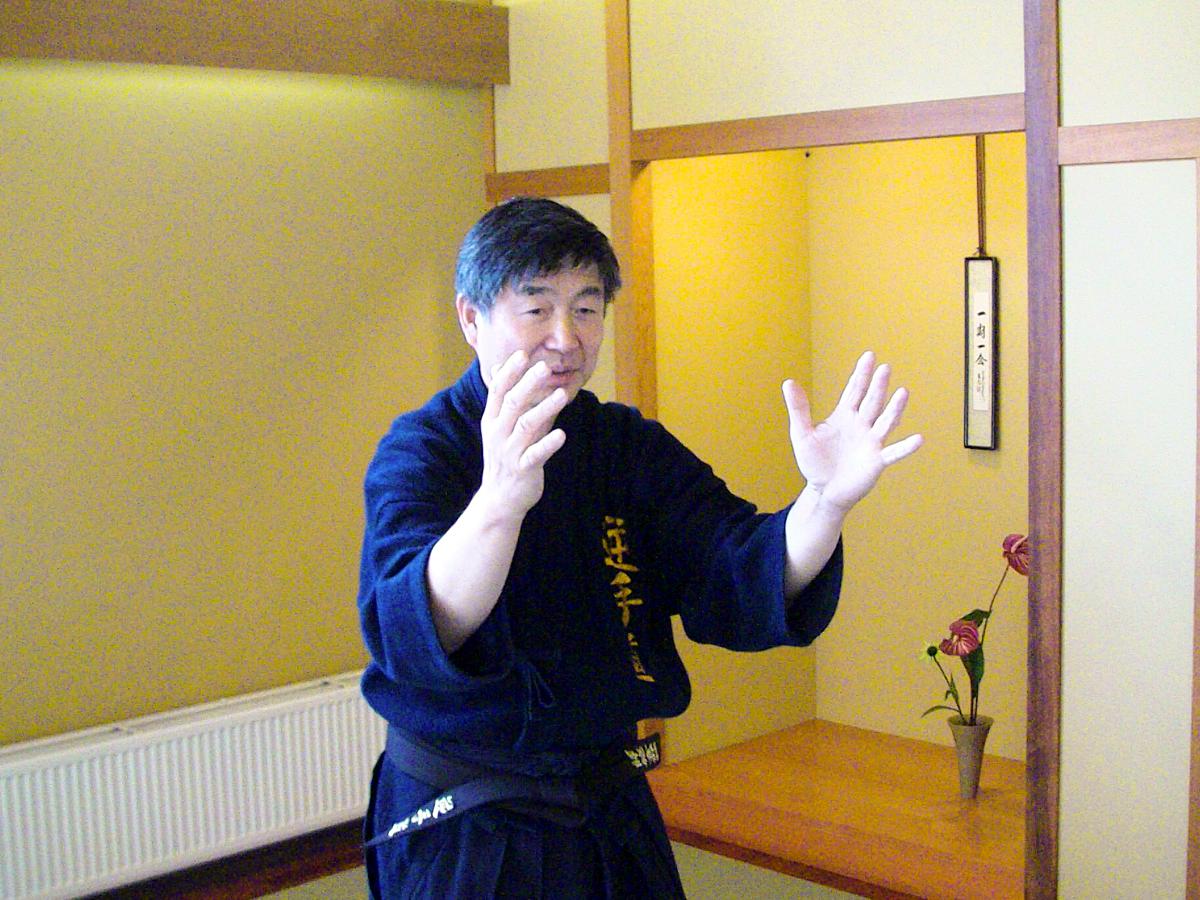
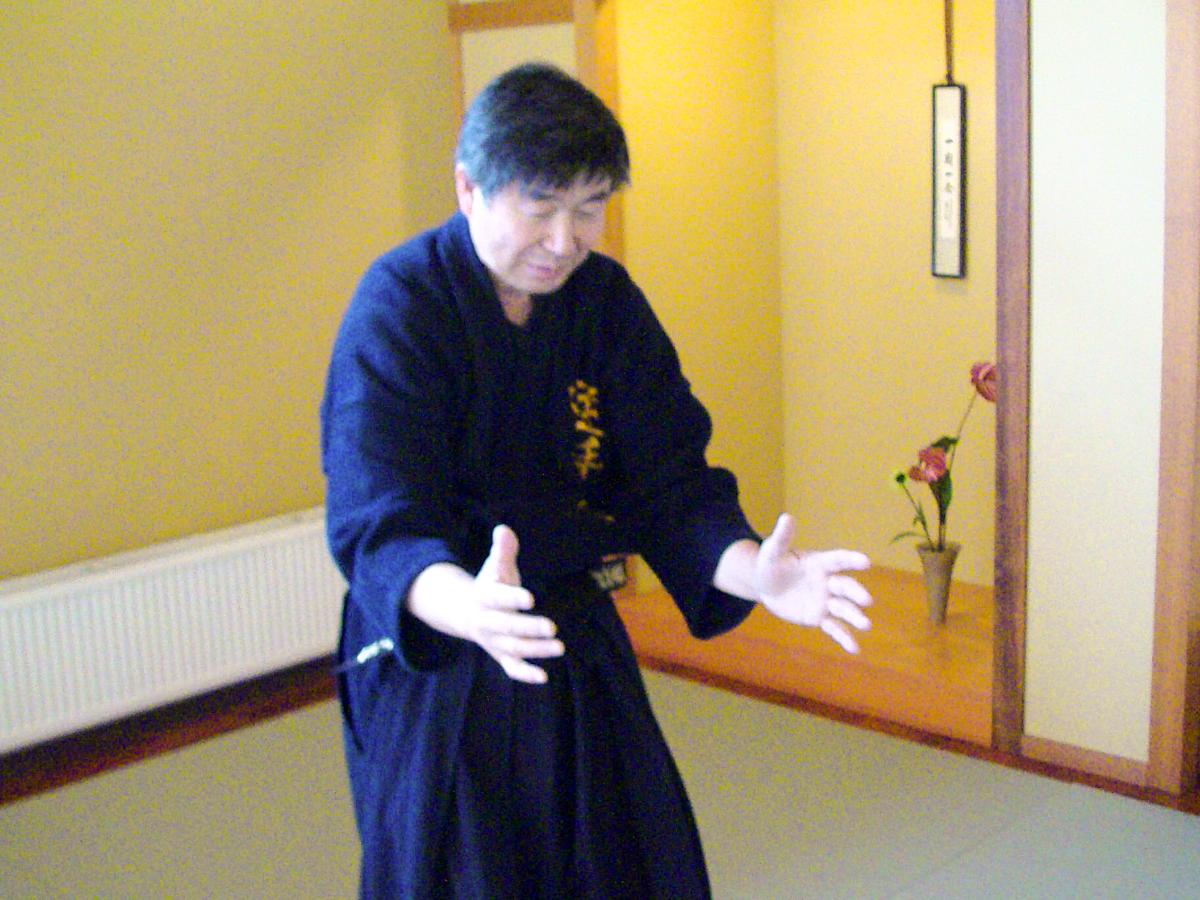
Reference:
“How to AIKI” written by Makoto KURABE, English version of “Dekiru Aikijutsu 出来る合気術” published by BAB Japan in 2012
Acknowledgements:
English edition :Gyakute-do Indianapolis (U.S.A.) branch Andrew Bryant sensei, representative of Shinwakan Dojo www.indianapolismartialartscenter.org/
Participants:
Gyakutedo Europe: Theo Philips SHIHAN 6th Dan
Gyakutedo Europe: Sander Martes 4th Dan
Place : Gyakute-do European H.Q. Den Hague Dojo The Netherlands
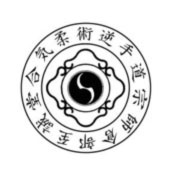 Makoto KURABE – SHISEIDO
Makoto KURABE – SHISEIDO
Representative, 2nd Soushi of
AIKI JUJUTSU GYAKUTE-DO
website: www.gyakutedo.org/wp
mail: apply@gyakutedo.org
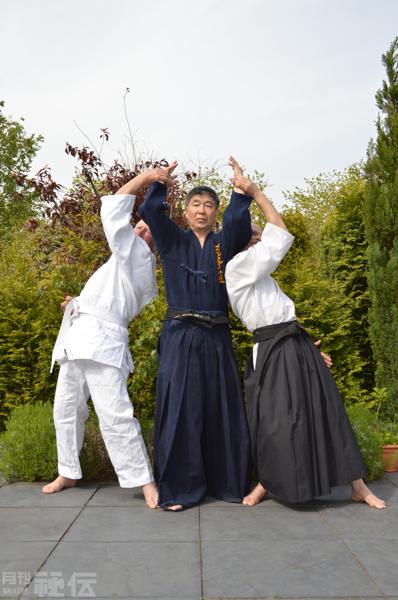 Kurabe Makoto Shiseido
Kurabe Makoto Shiseido
Born in 1950. When he was in his 30s, he began learning Gyakute-do Jujutsu, which was derived from Hakkoryu Jujutsu in the 1970s. Just before reaching the age of 40, he moved from Japan to The Netherlands and continued to master and develop Gyakute-do. In October of 2013, after adding the system of Aiki-Jutsu that he developed himself, he transformed Gyakute-do into Aiki-Jujutsu Gyakute-do, and became 2nd Soushi, grand master, of Gyakute-do. After retirement, he left The Netherlands and began promoting Aiki-Jujutsu Gyakute-do both in Japan and in Poland as his main pursuit. He is also teaching his Gyakute-do to Budo fan in the world via corresponding course.
At the starting of AIKI Web Course
Cooperating with BAB Japan Co., Ltd., hereby I start AIKI Web Course in order to realize my long-standing desire to let as many as martial arts fans all over the world have the correct knowledge of AIKI and learn how to practice AIKI.
This course consists of
Part 1 as introductory articles, I explain a wide range of knowledge about what AIKI is, which contains 6 lessons.
Part 2 as main articles, for beginners/intermediate level, I explain how to practice AIKI to master. It contains 24 lessons.
The each lessons will be uploaded on BudoJapan website one by one every week.
I hope as many people as possible will be interested in AIKI and become able to practice it by following this course.
AIKI Web Course 25 Lessons
-
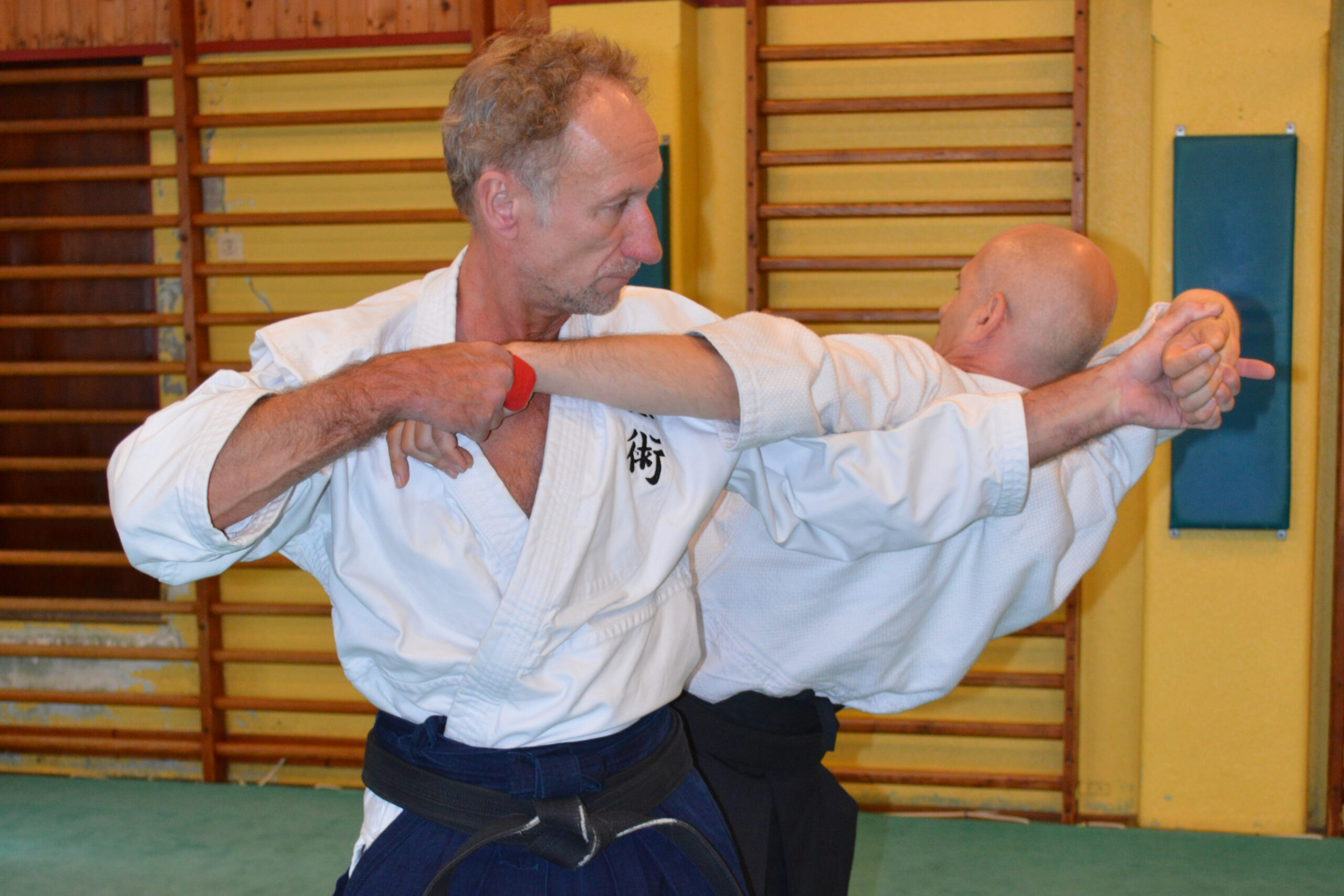
【AIKI JUJUTSU GYAKUTE-DO Series No.5】How you can learn Jujutsu properly
-
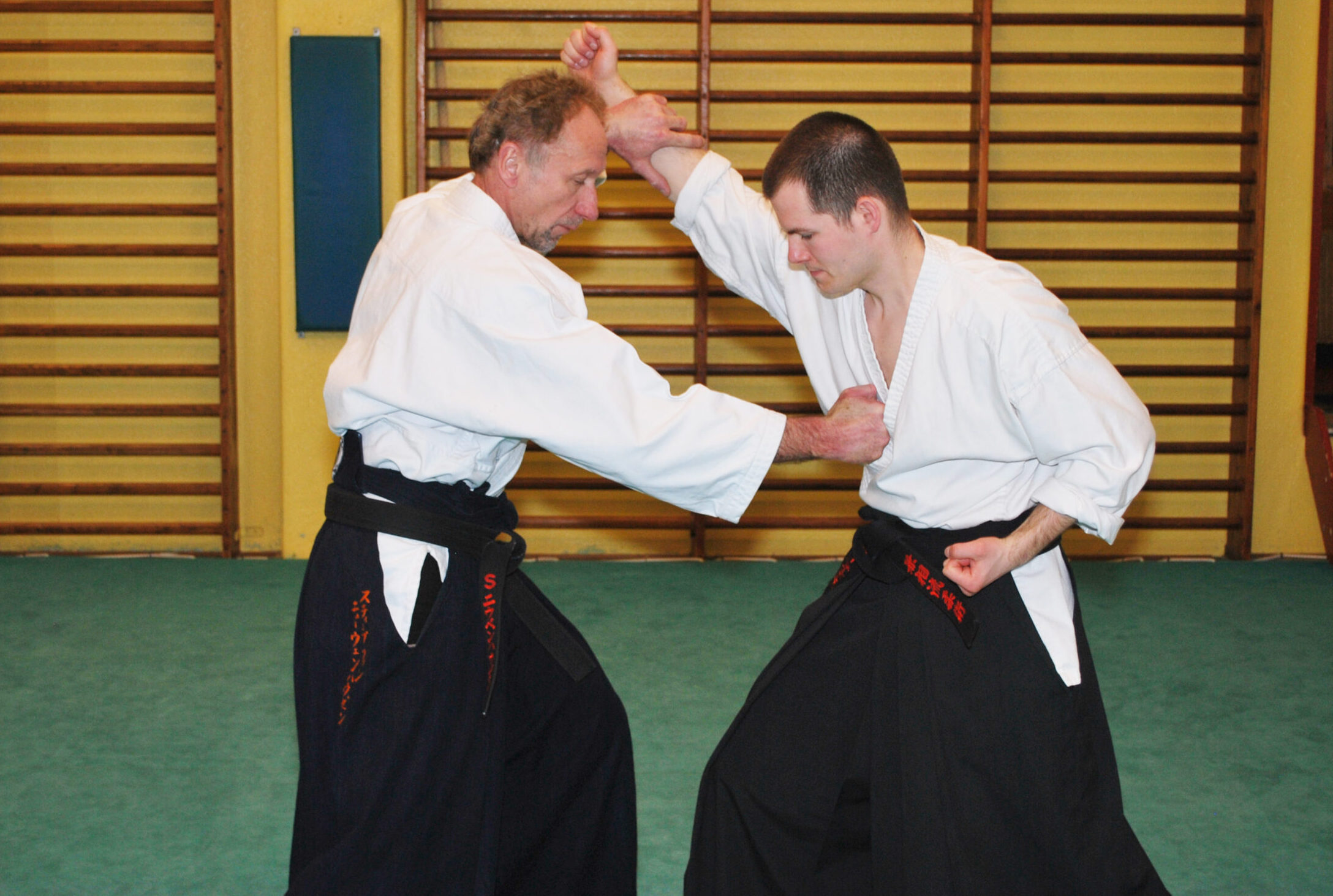
【AIKI JUJUTSU GYAKUTE-DO Series No.4】DAKEN-HO Hit and Kick KATA and AIKI
-
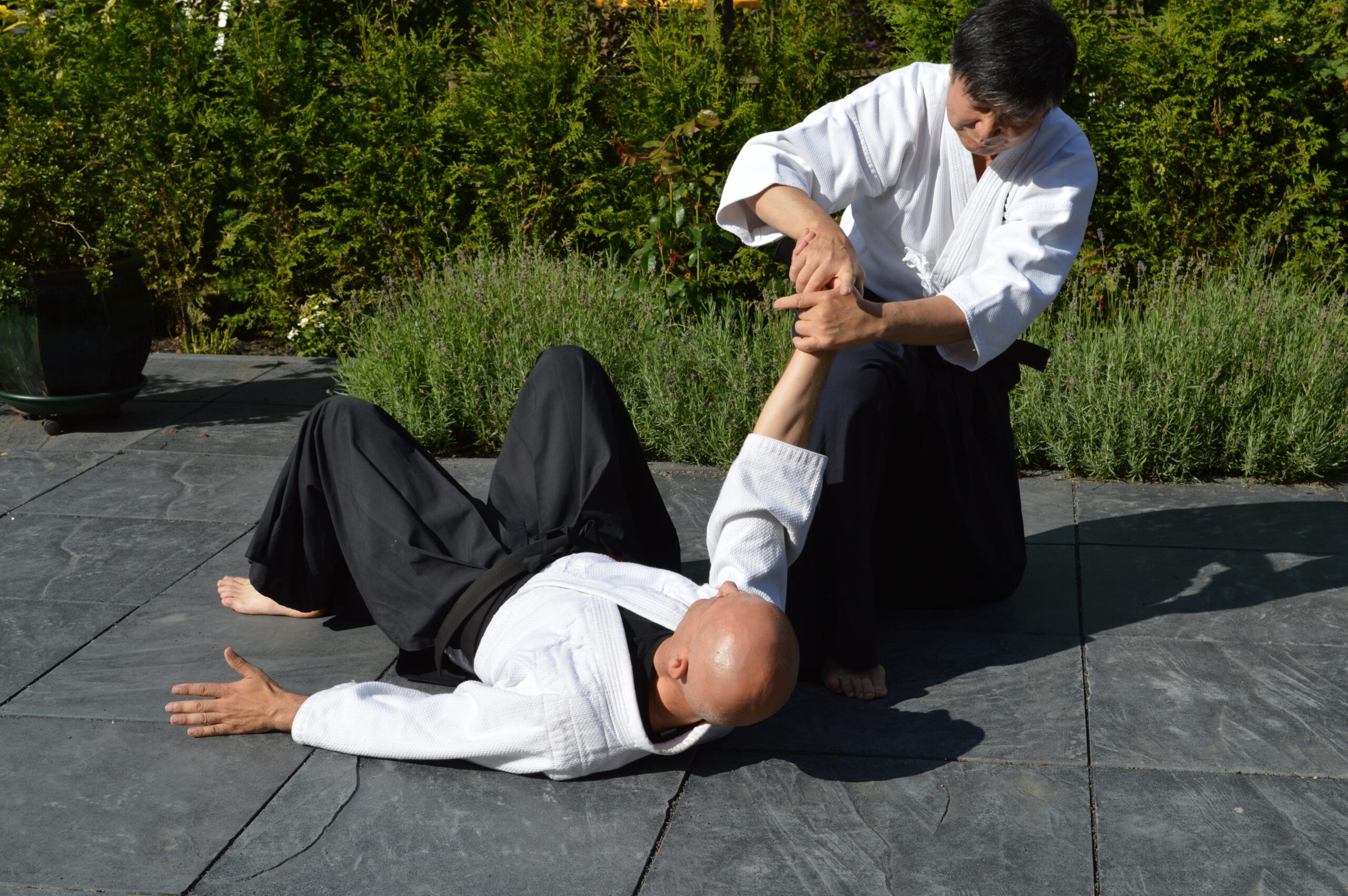
【AIKI JUJUTSU GYAKUTE-DO Series No.3】JUJUTSU WAZA, digest of FUDO
-
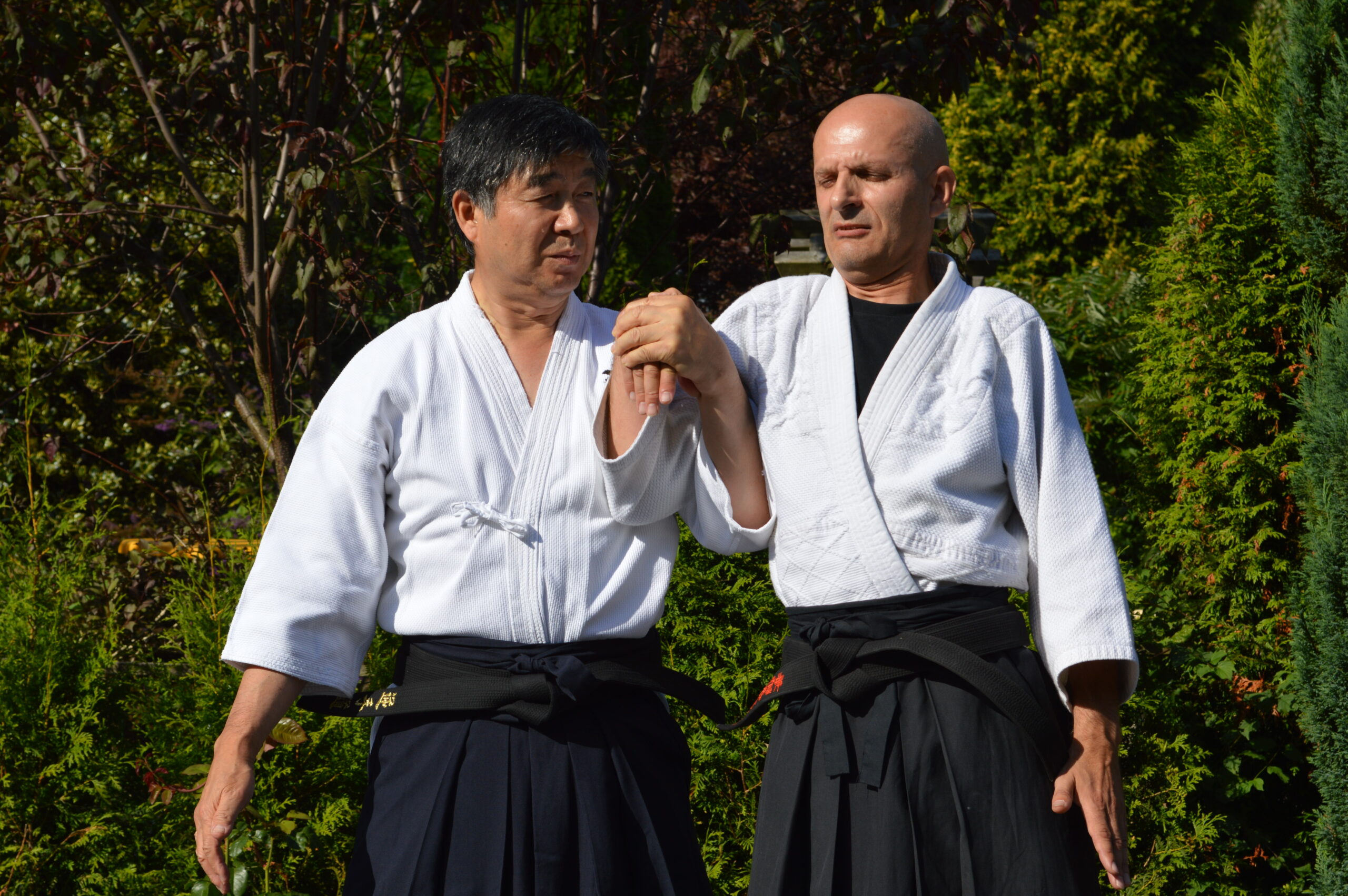
【AIKI JUJUTSU GYAKUTE-DO Series No.2】JUJUTSU WAZA, digest of NUKI, RENKO and NAGE
-
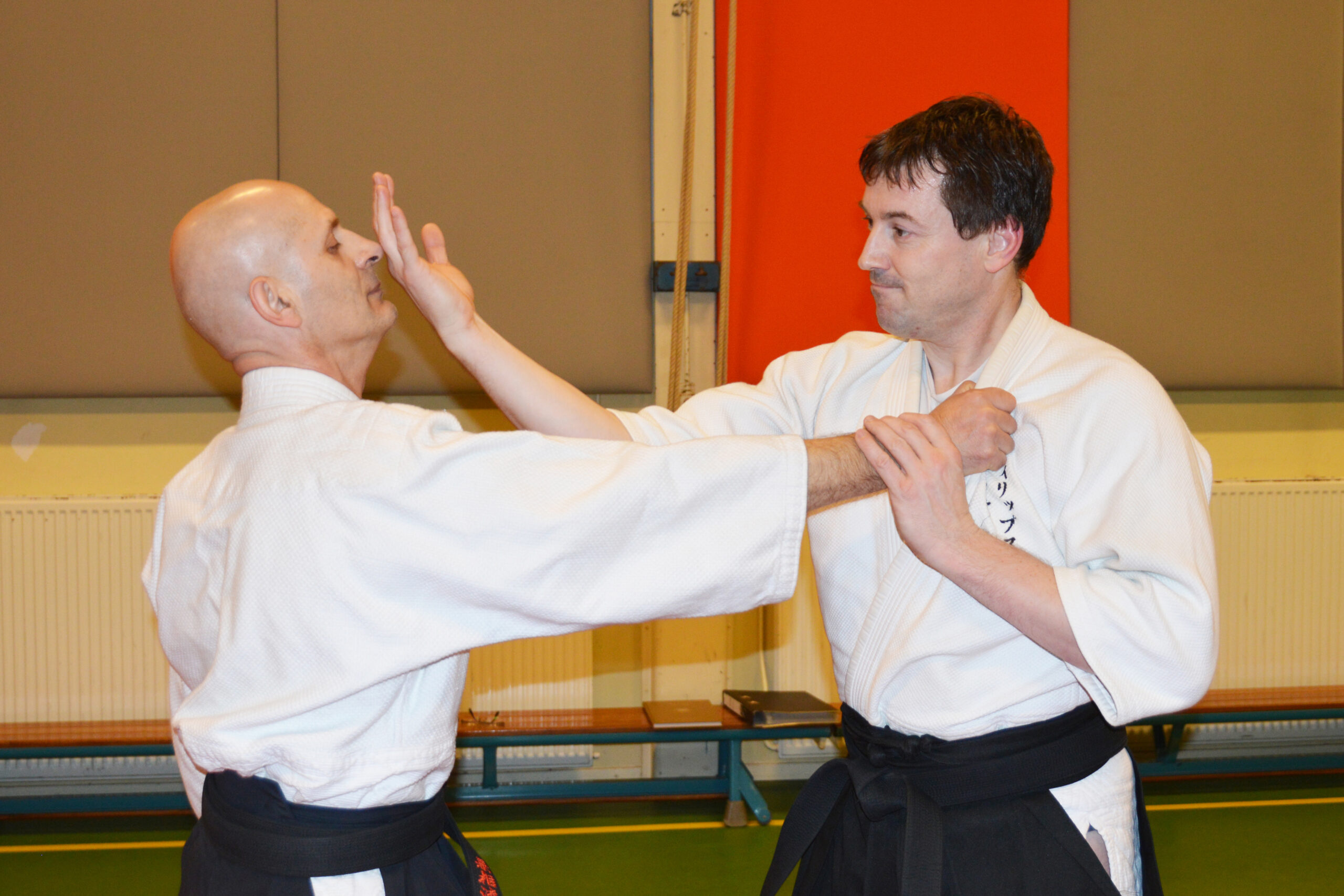
【AIKI JUJUTSU GYAKUTE-DO Series No.1】About GYAKUTE-DO and the digest of its basic techniques
-
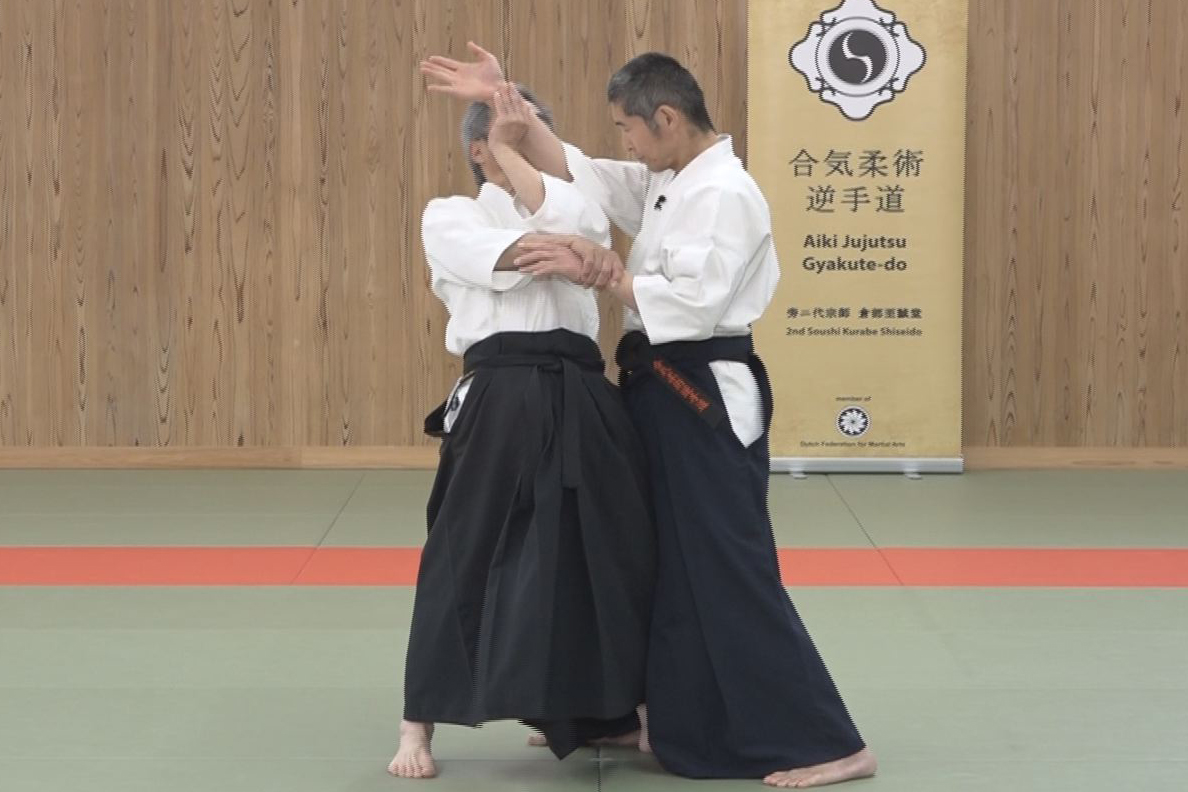
【AIKI Web Course Part 2】Lesson 24 With Comb. of Different Methods #2
-
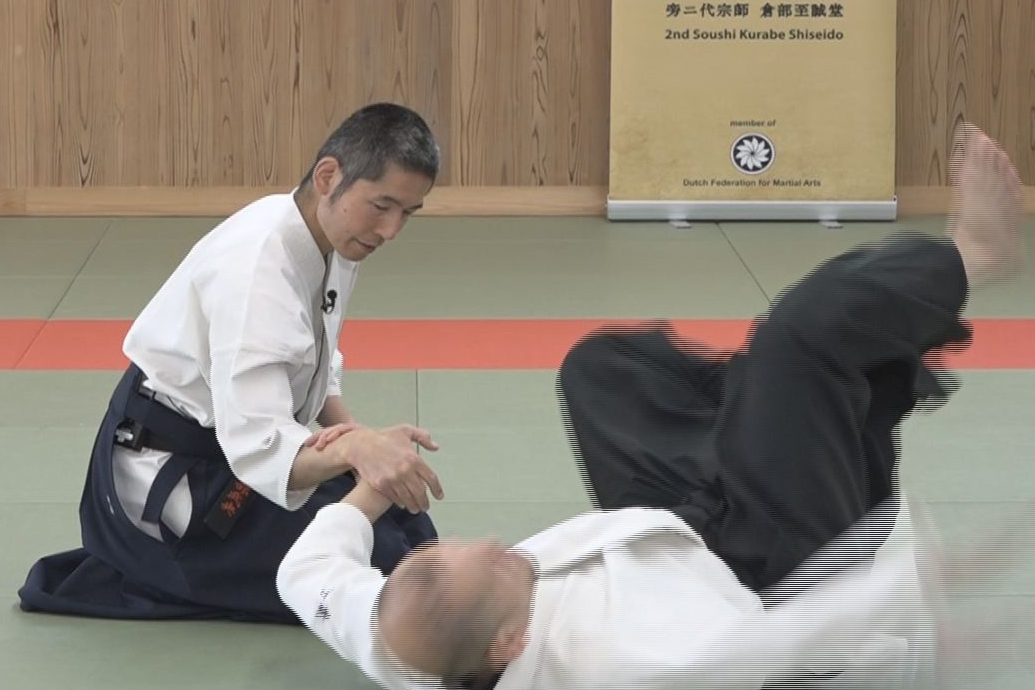
【AIKI Web Course Part 2】Lesson 23 With Comb. of Different Methods #1
-

【AIKI Web Course Part 2】Lesson 22 Advanced Tech. using F. E. method #2
-

【AIKI Web Course Part 2】Lesson 21 Advanced Tech. using F. E. method #1
-
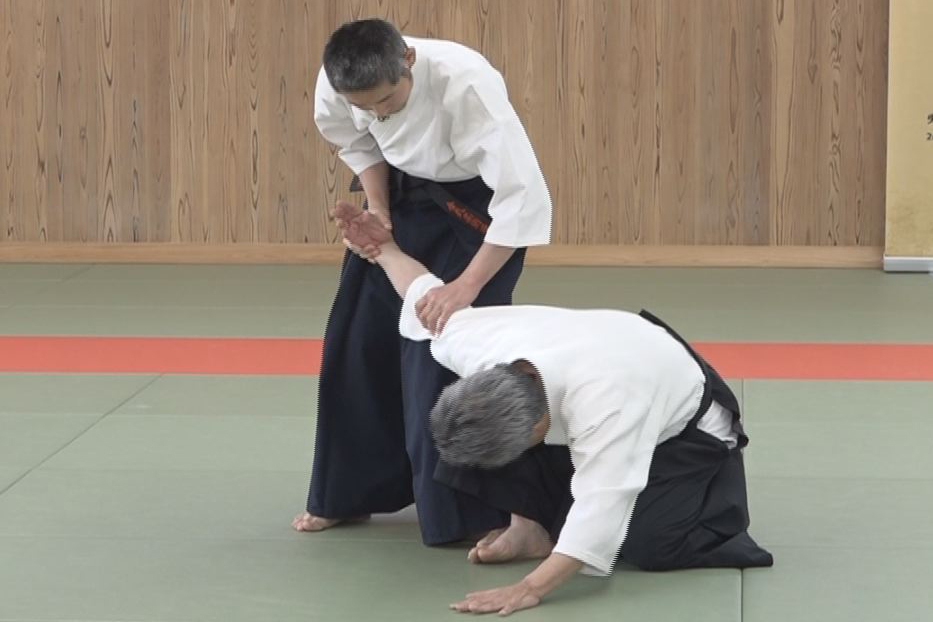
【AIKI Web Course Part 2】Lesson 20 Advanced tech. using T. F. T. #2
-
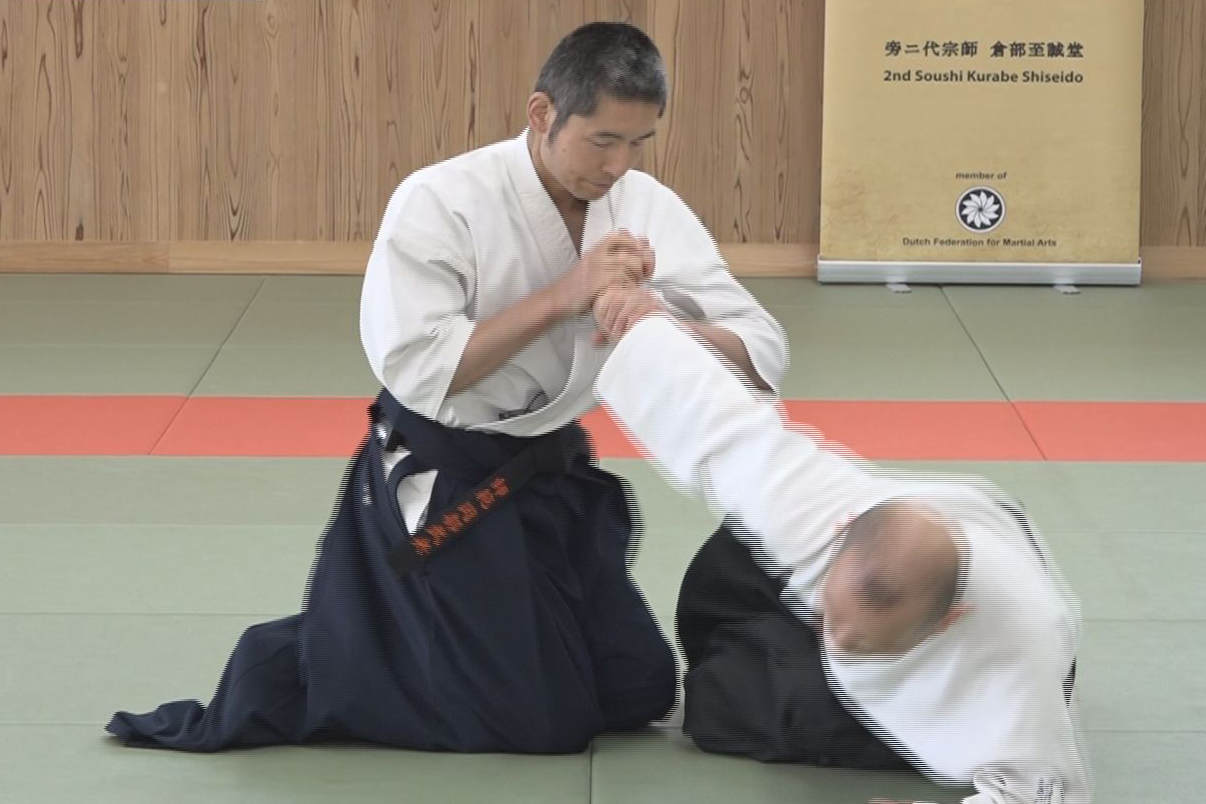
【AIKI Web Course Part 2】Lesson 19 Advanced tech. using T. F. T. #1
-
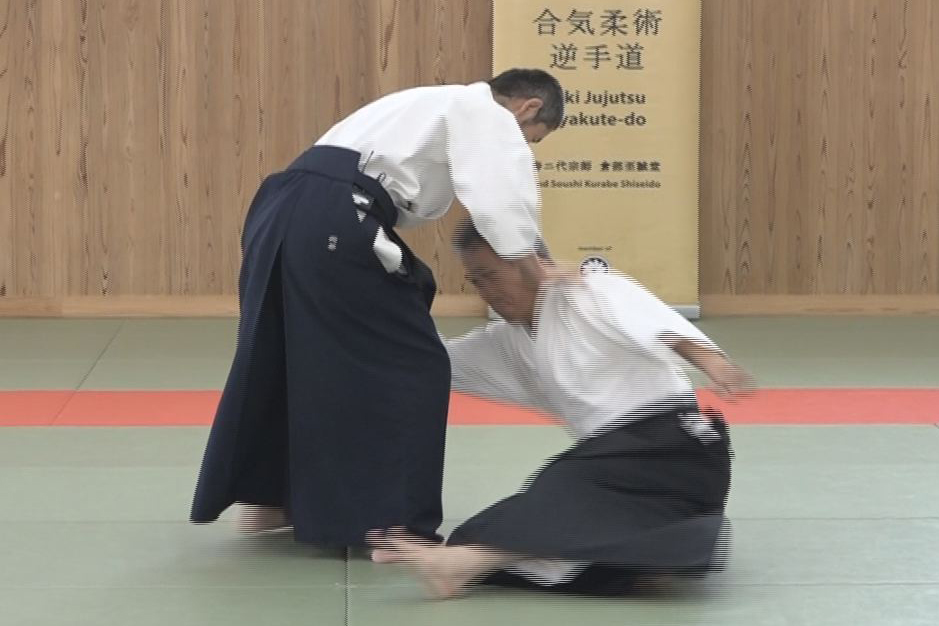
【AIKI Web Course Part 2】Lesson 18 Advanced tech. using AIKI Contact #2
-
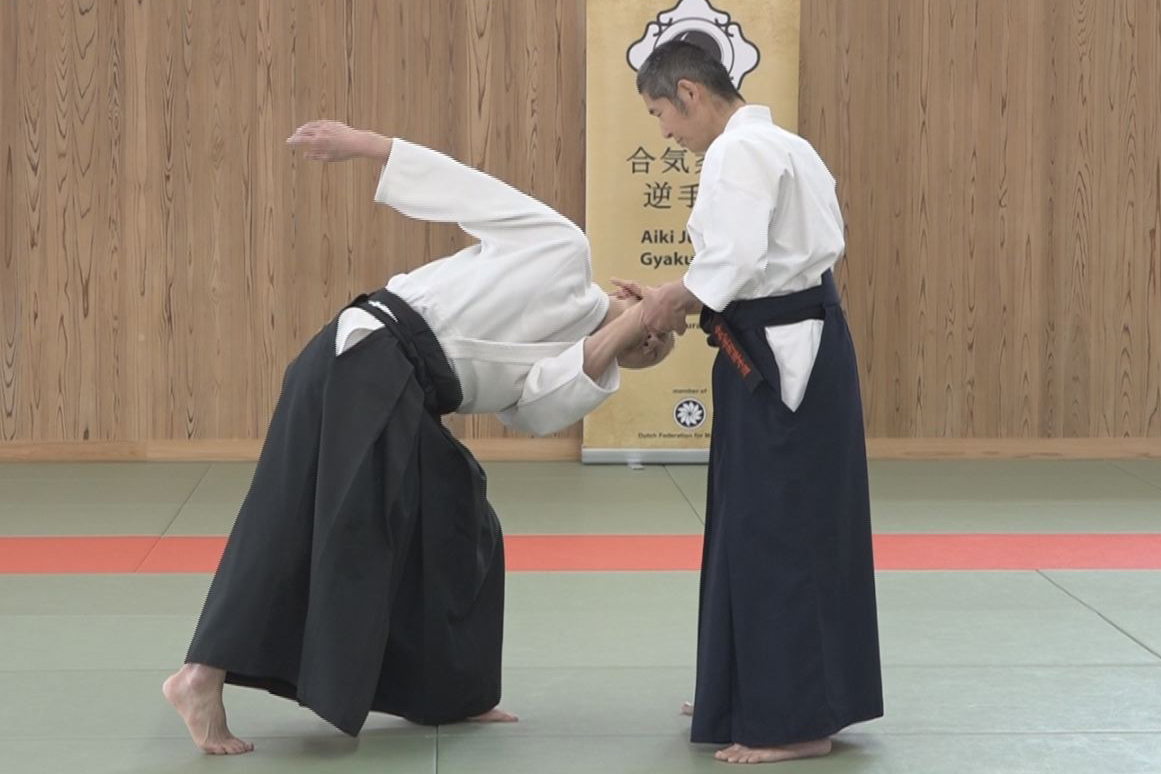
【AIKI Web Course Part 2】Lesson 17 Advanced tech. using AIKI Contact #1
-
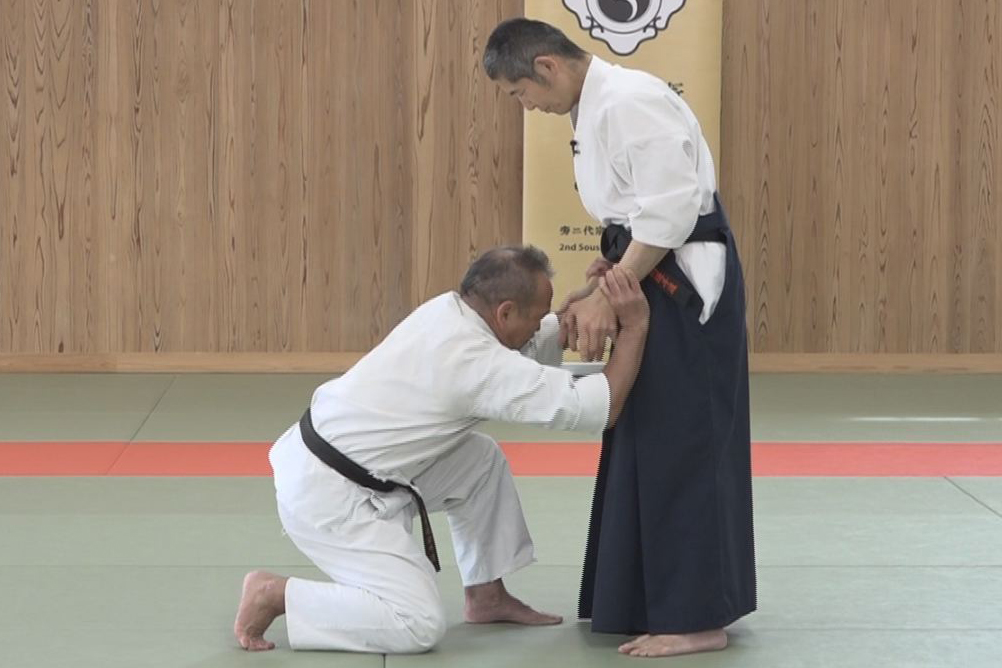
【AIKI Web Course Part 2】Lesson 16 Advanced tech. by Undetectable F.T. #2
-
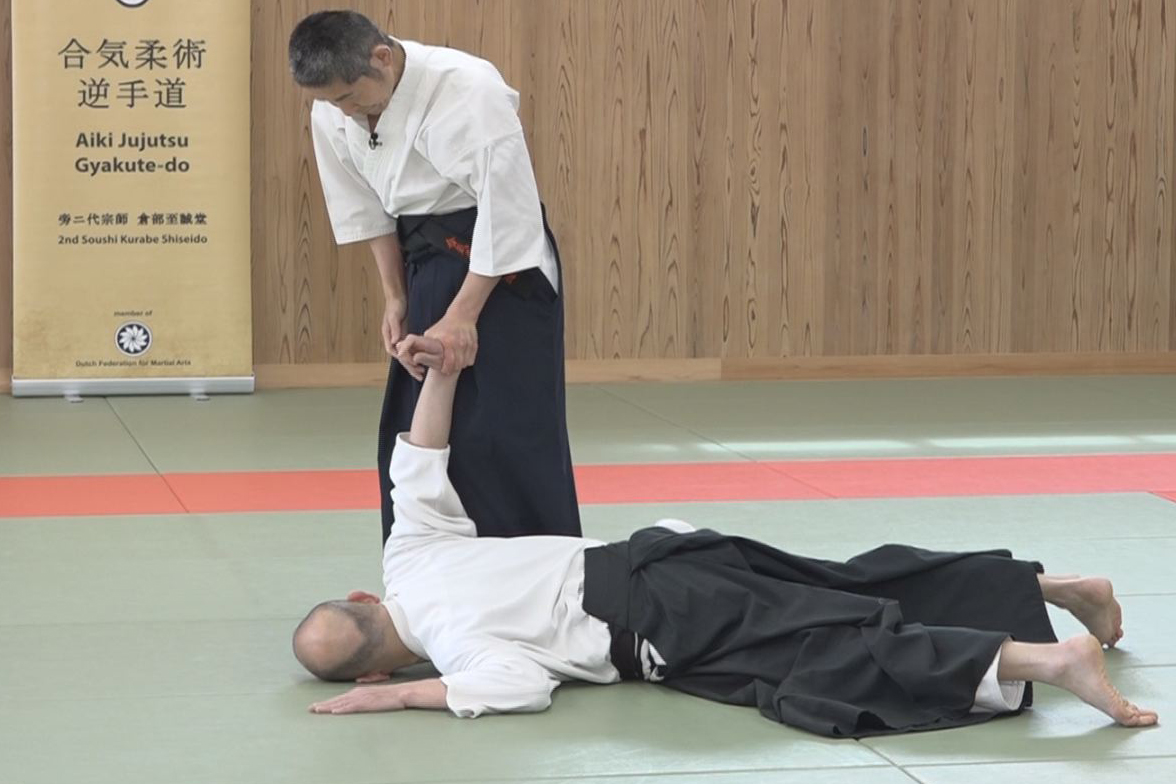
【AIKI Web Course Part 2】Lesson 15 – Advanced tech. by Undetectable F. T. #1
-
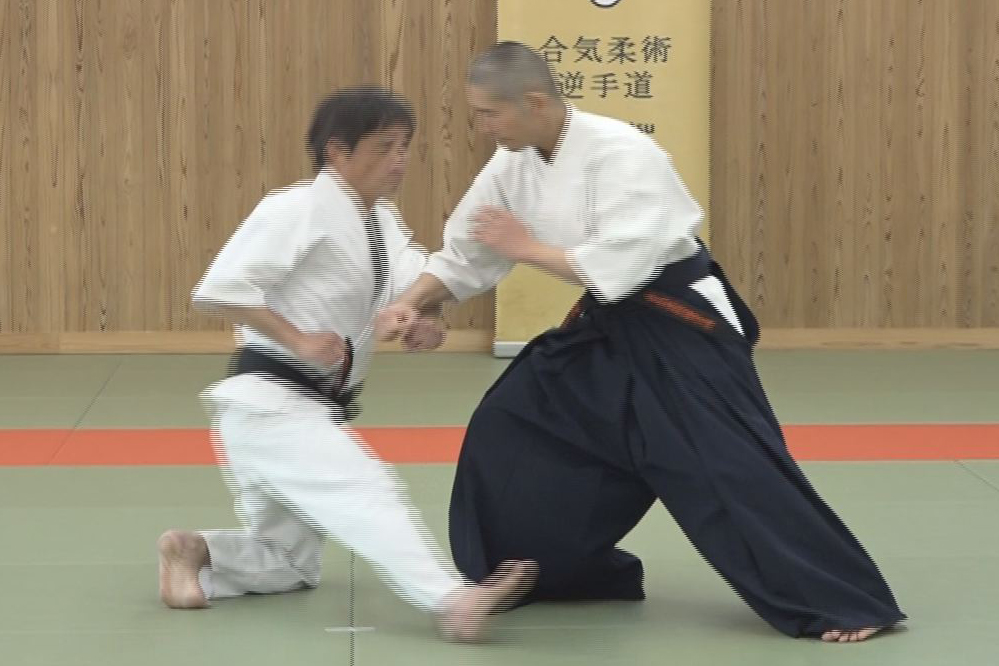
【AIKI Web Course Part 2】Lesson 14 – Advanced tech. by the Waving method #2
-
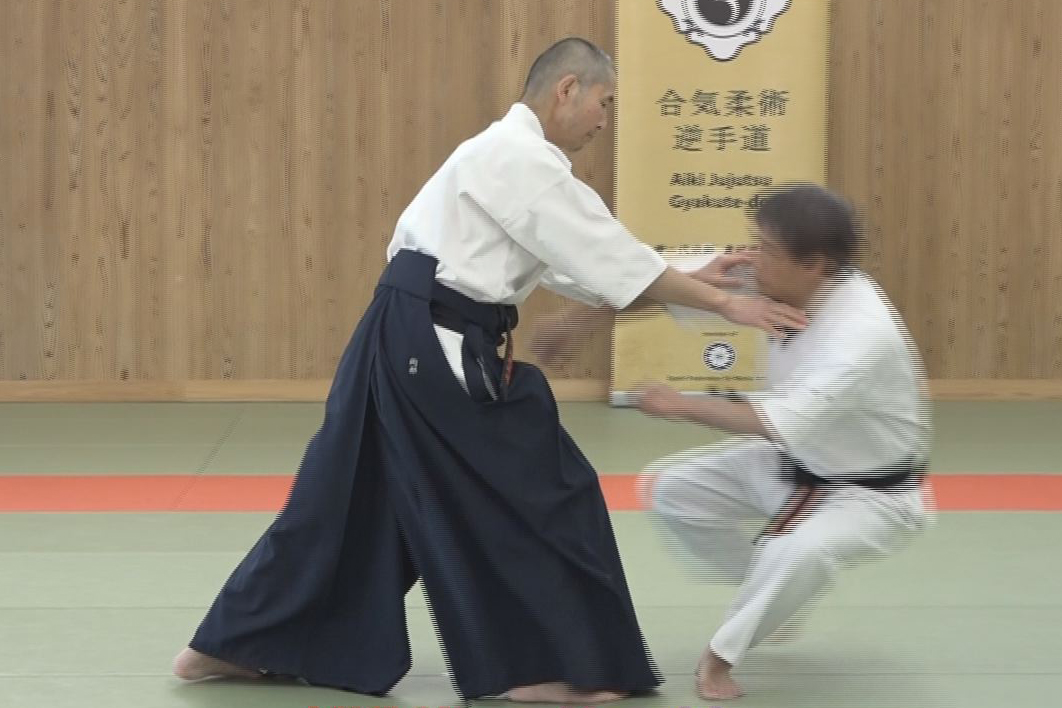
【AIKI Web Course Part 2】Lesson 13 – Advanced tech. by the Waving method #1
-
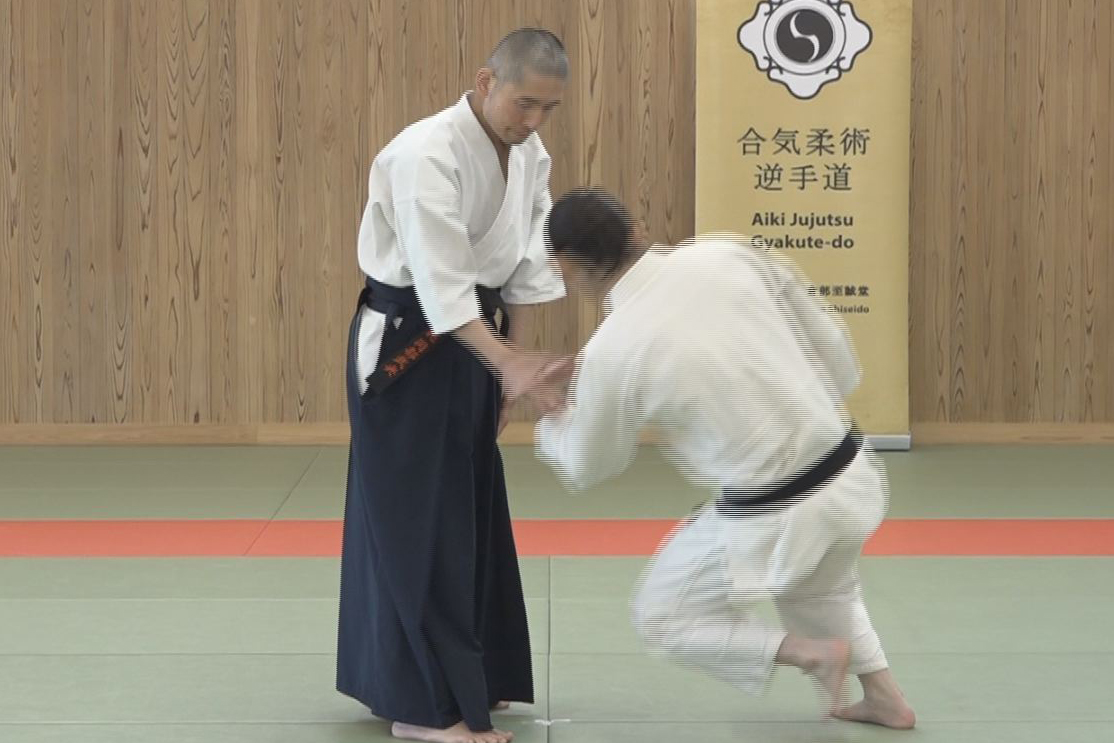
【AIKI Web Course Part 2】Lesson 12 – Gyaku-te by not Using Force nor AIKI
-
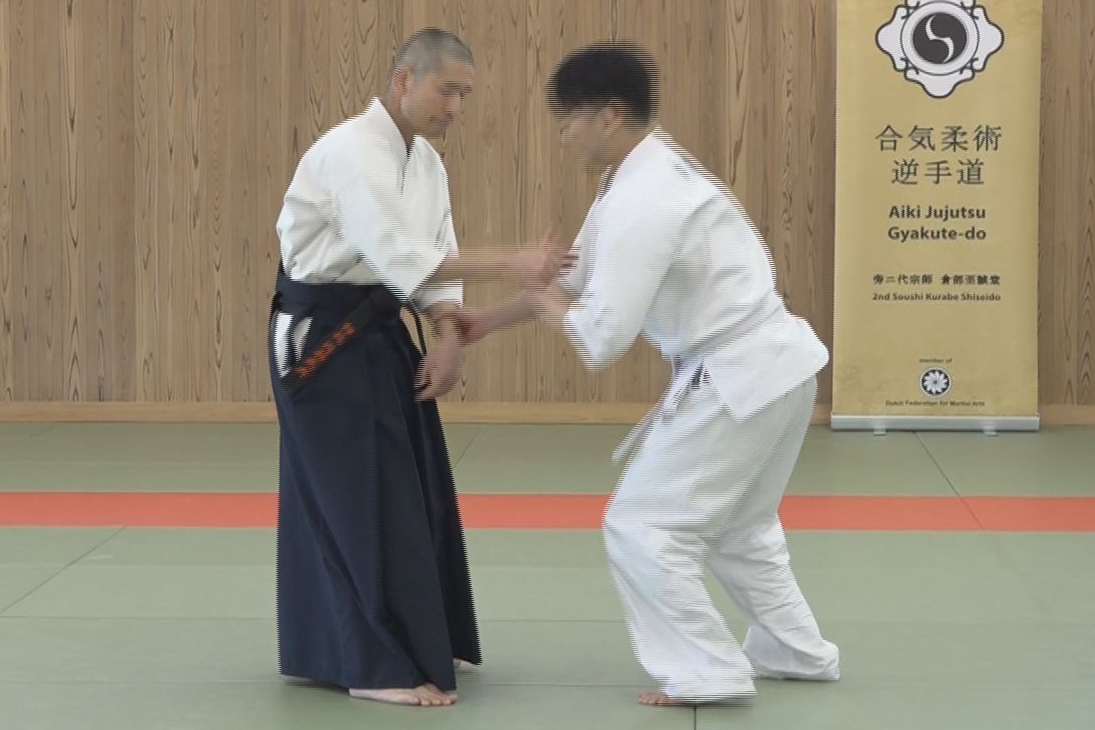
【AIKI Web Course Part 2】Lesson 11 – Gyaku-te Realized by the AIKI Method
-
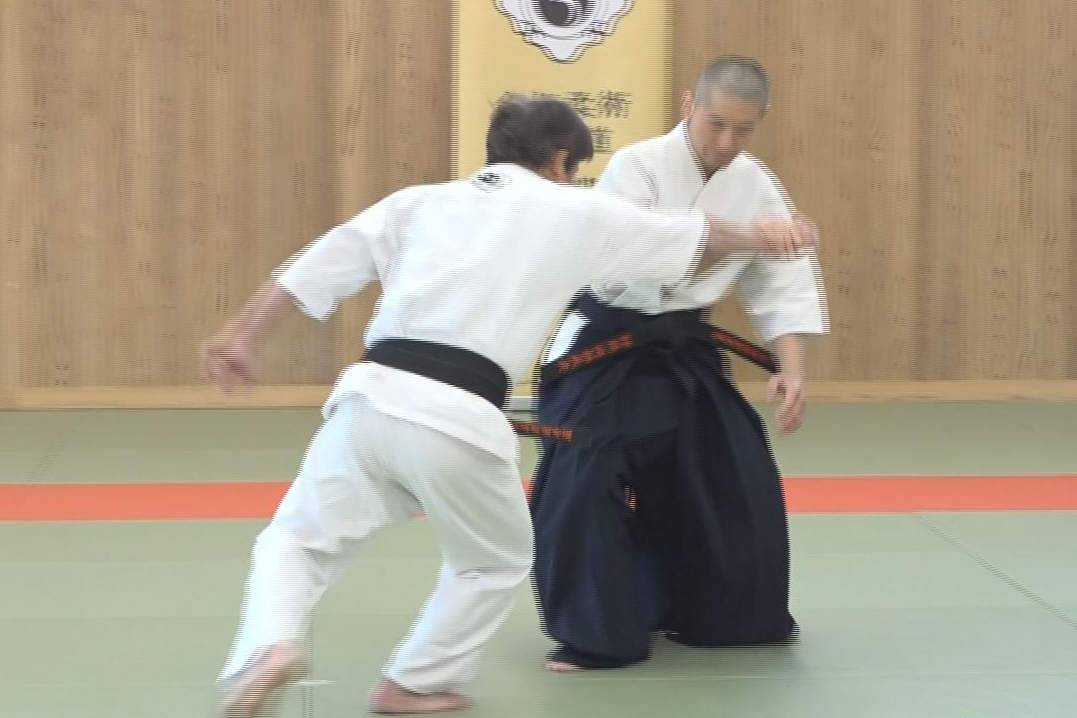
【AIKI Web Course Part 2】Lesson 10 – Application of Force Equilibrium method
-
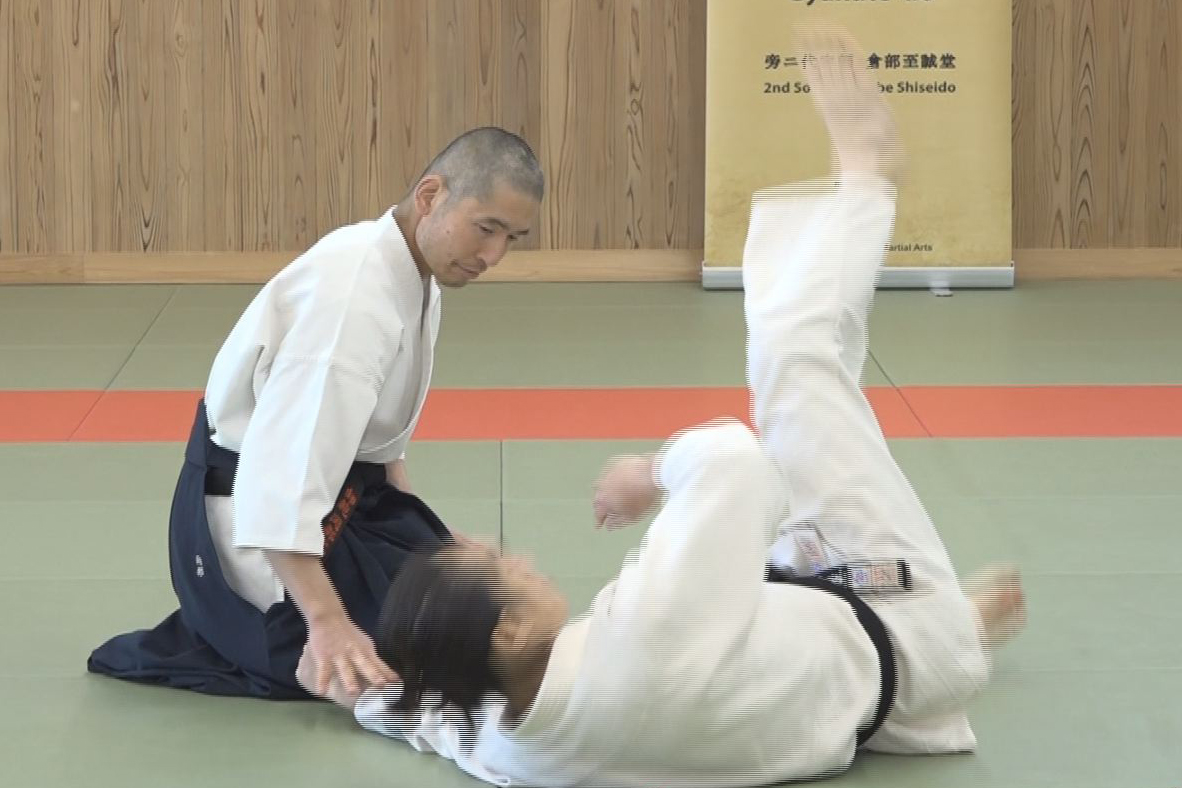
【AIKI Web Course Part 2】Lesson 9 – Force Equilibrium
-
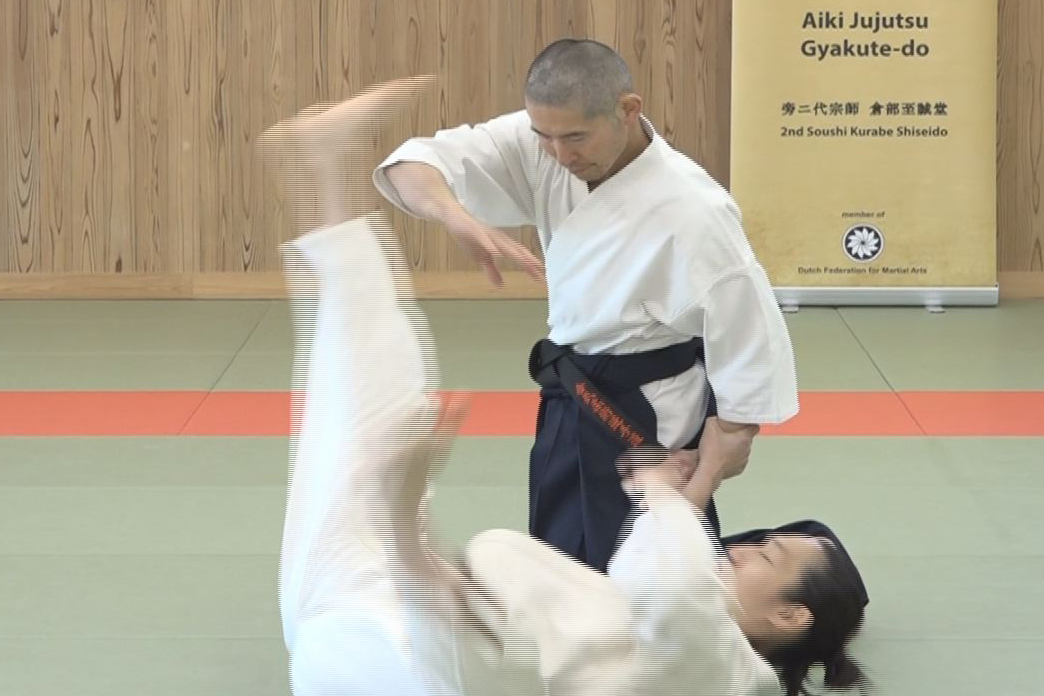
【AIKI Web Course Part 2】Lesson 8 – Application of Targeted Force Transfer
-
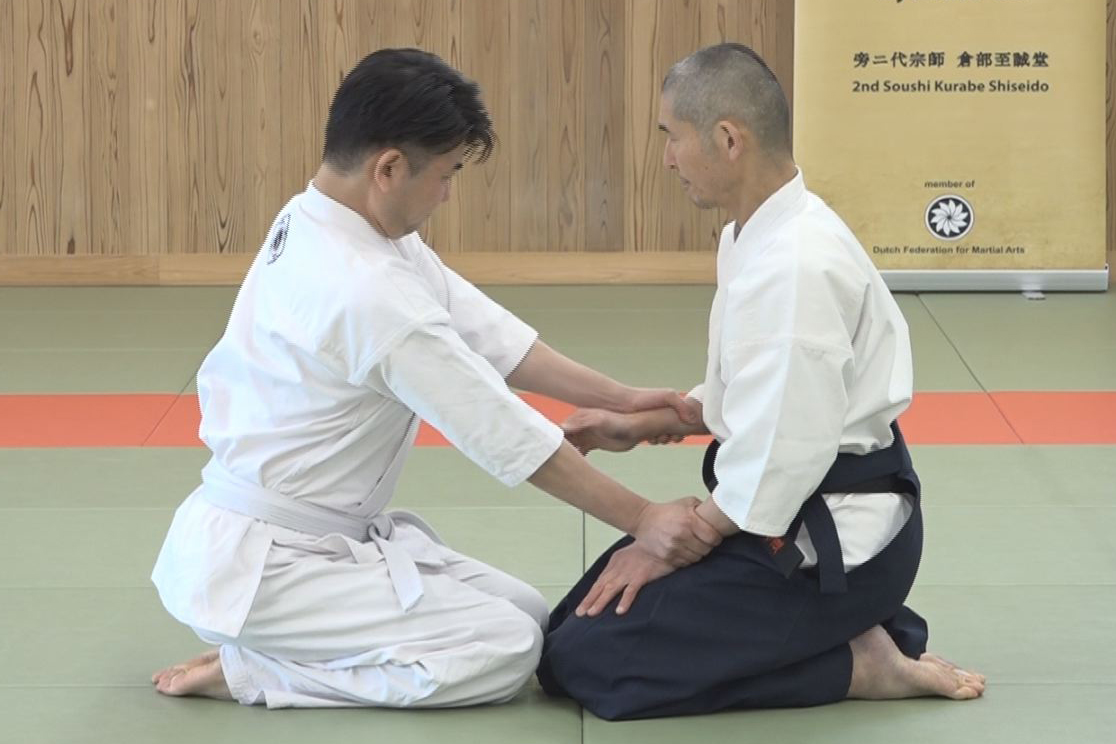
【AIKI Web Course Part 2】Lesson 7 – Targeted Force Transfer
-
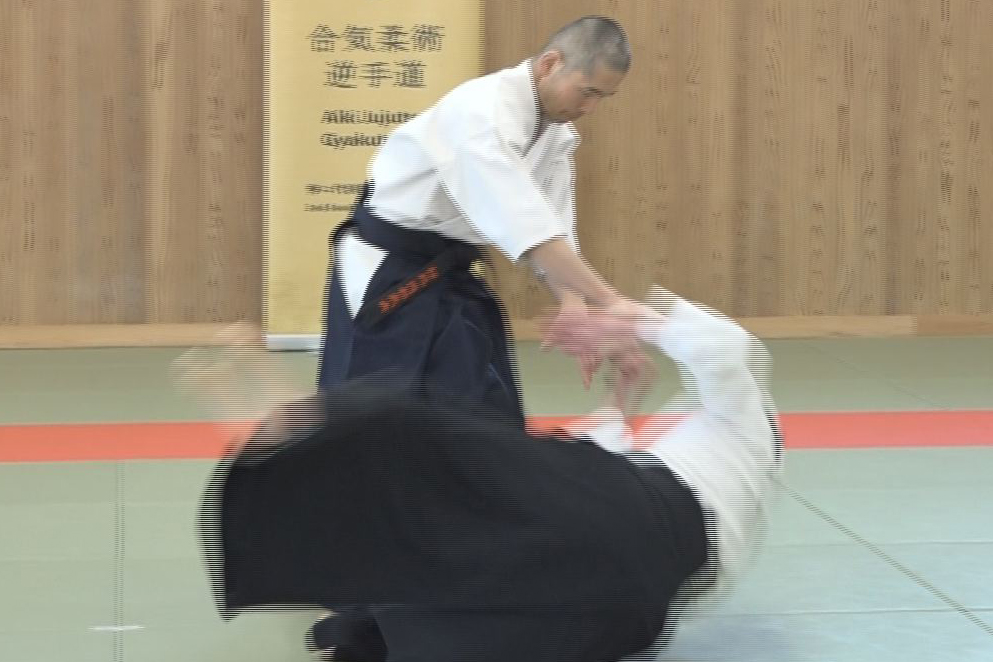
【AIKI Web Course Part 2】Lesson 6 – Application of AIKI Connection
-
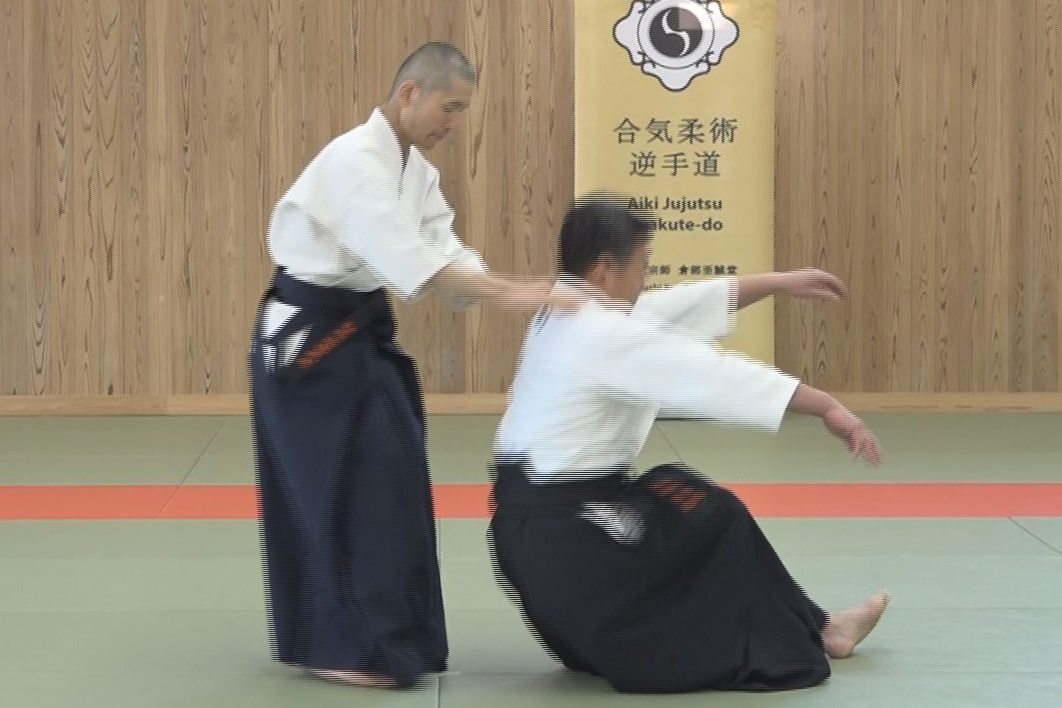
【AIKI Web Course Part 2】Lesson 5 – AIKI Connection
-
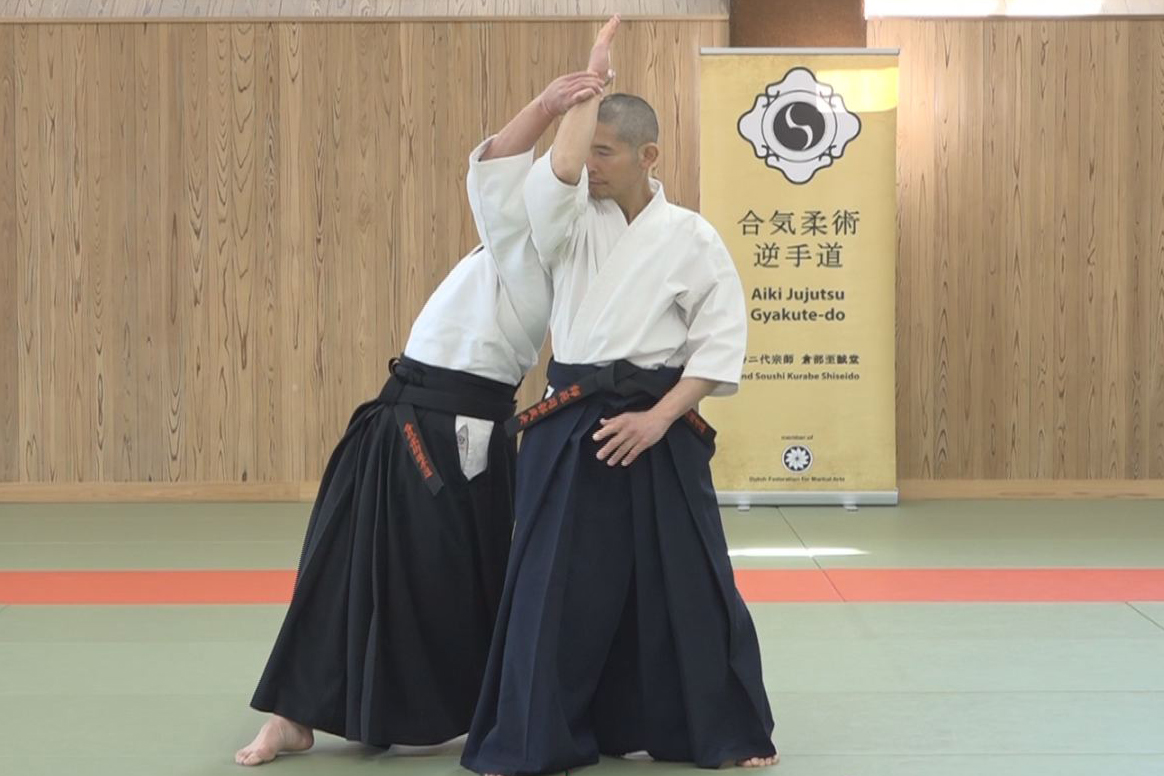
【AIKI Web Course Part 2】Lesson 4 – Application of Nondetectable Force Transfer
-
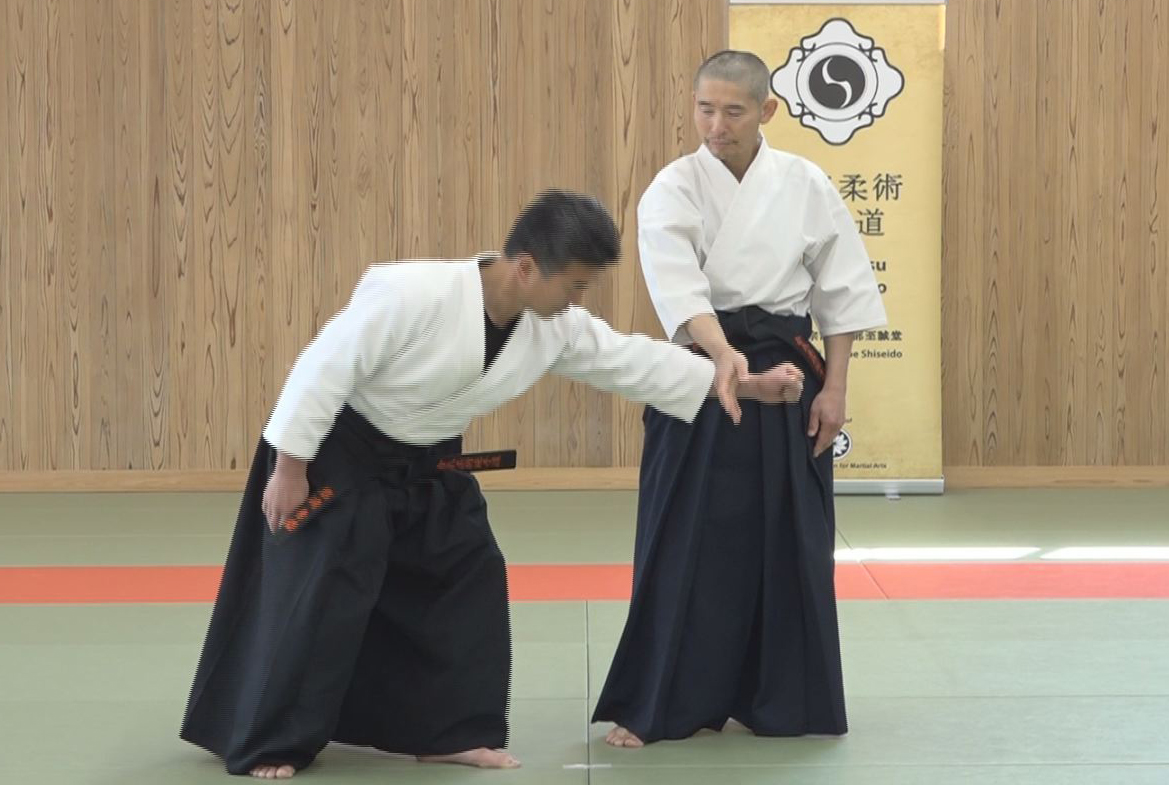
【AIKI Web Course Part 2】Lesson 3 – Explanation of Undetectable Force Transfer
-
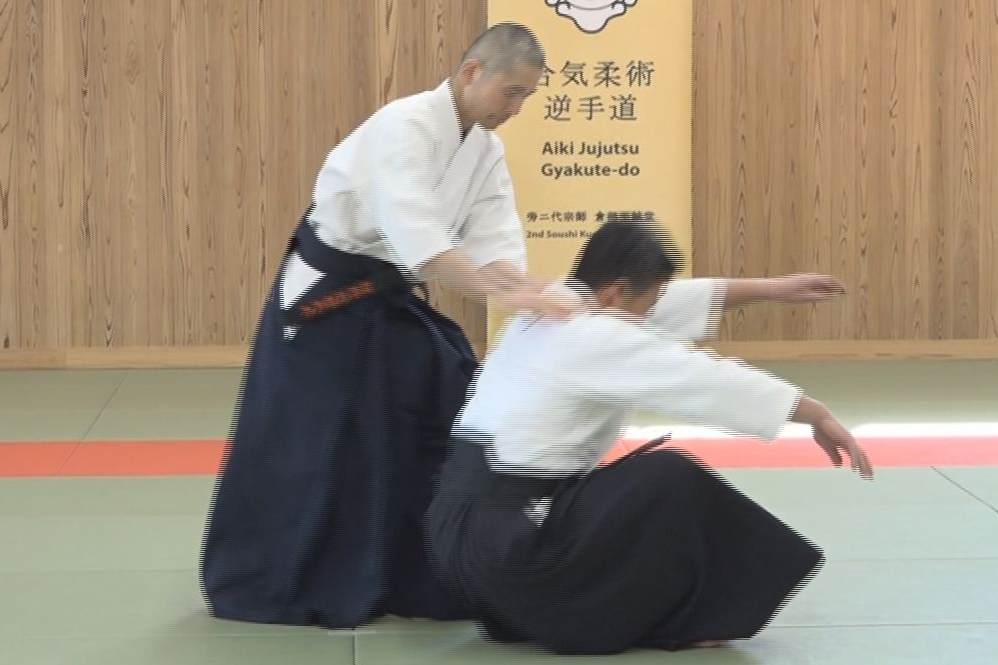
【AIKI Web Course Part 2】Lesson 2 – Application of Waving Method
-
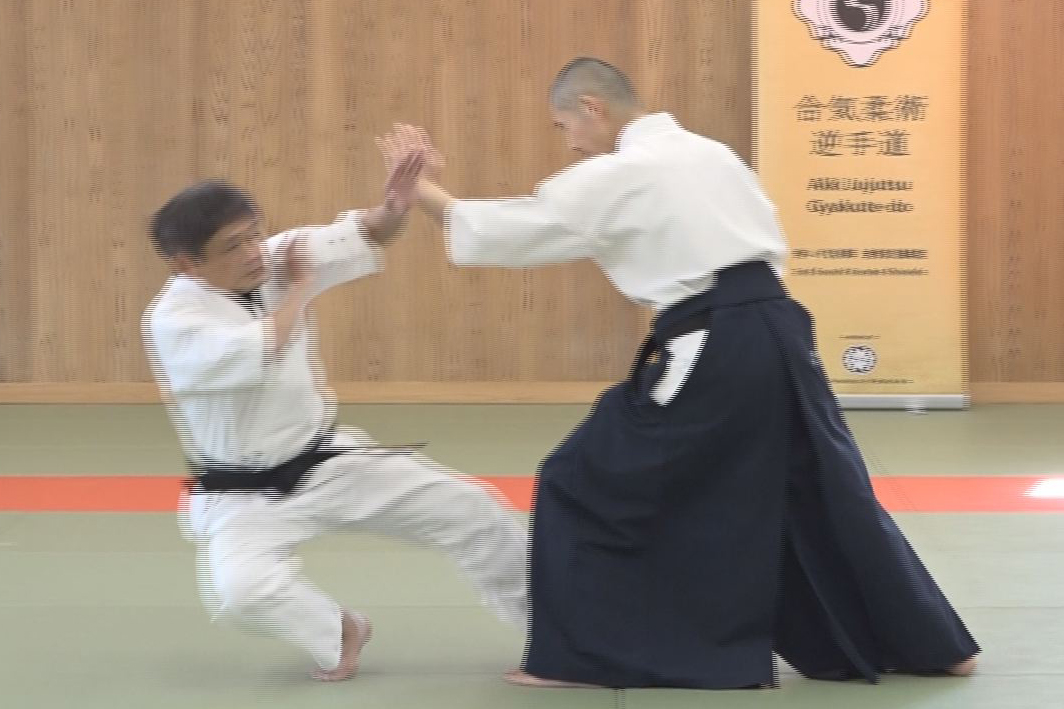
【AIKI Web Course Part 2】Lesson 1 – The Explanation of Waving Method
-
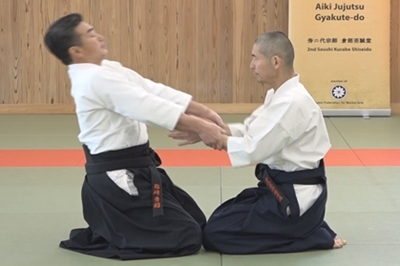
【AIKI Web Course Part 2】Introduction with video


